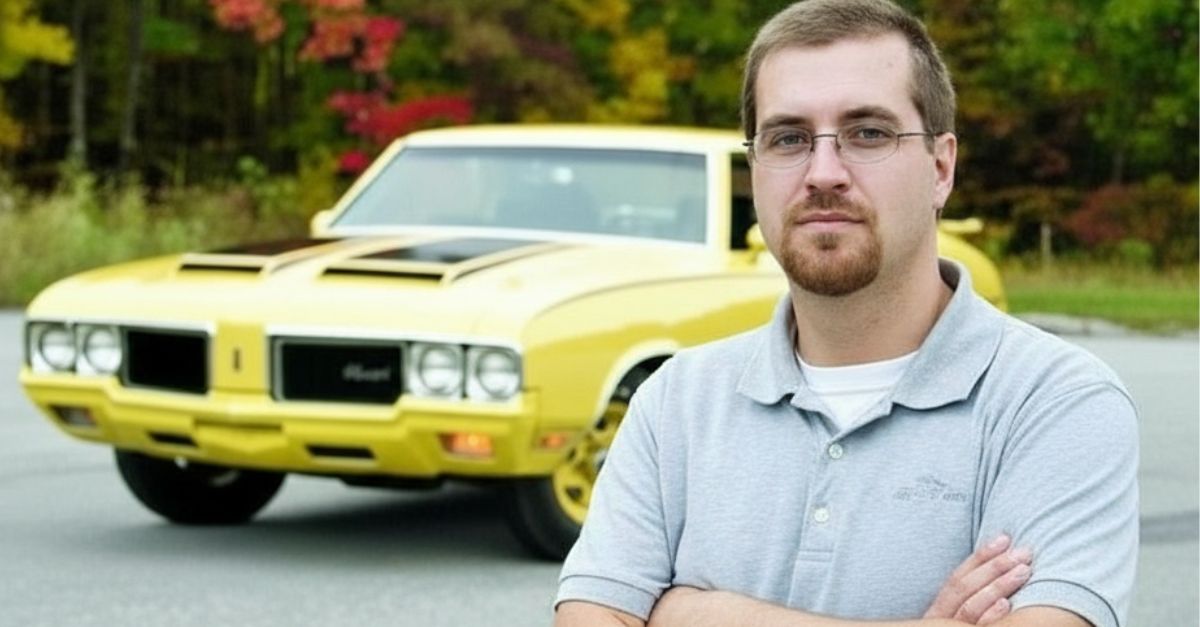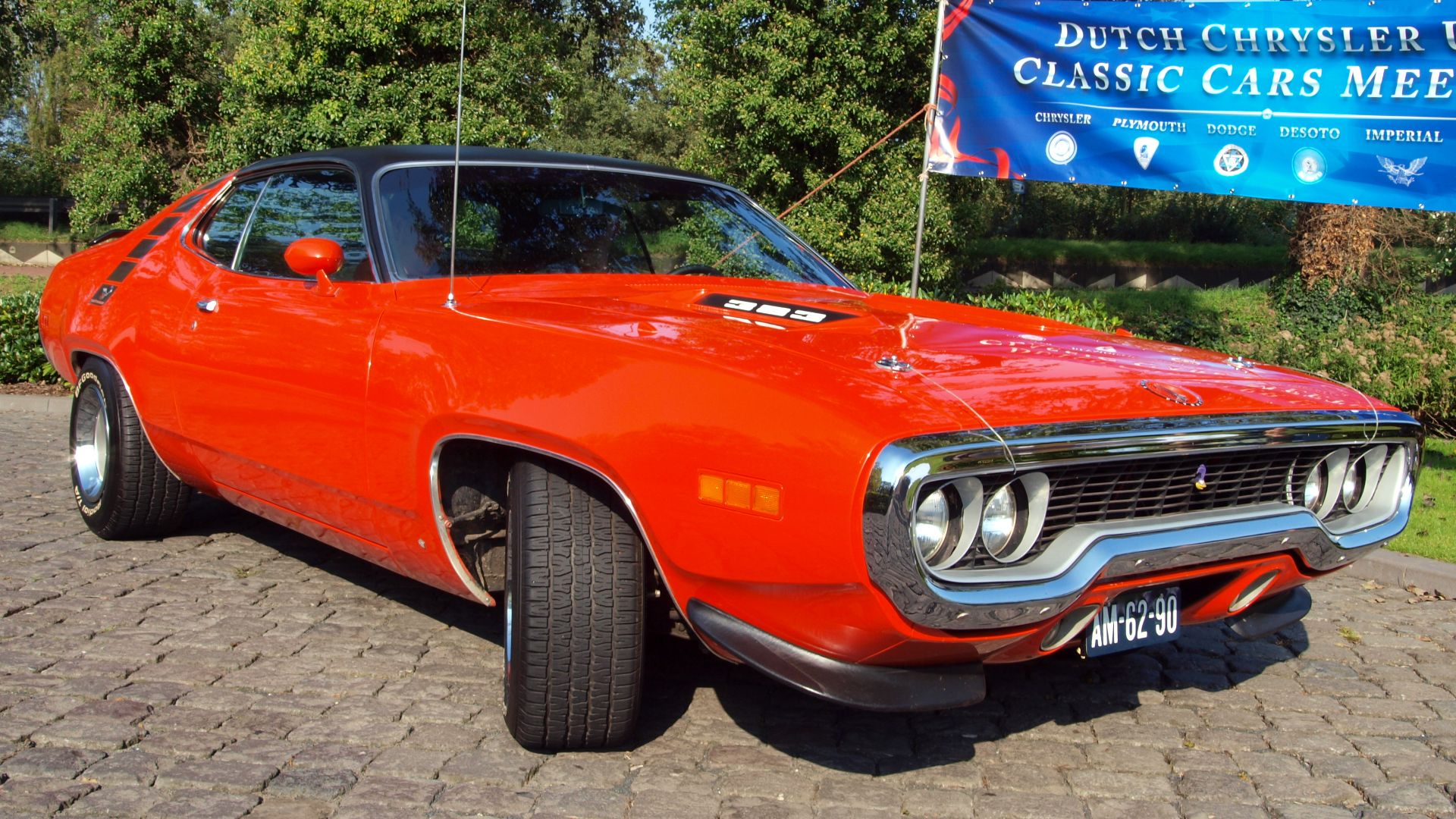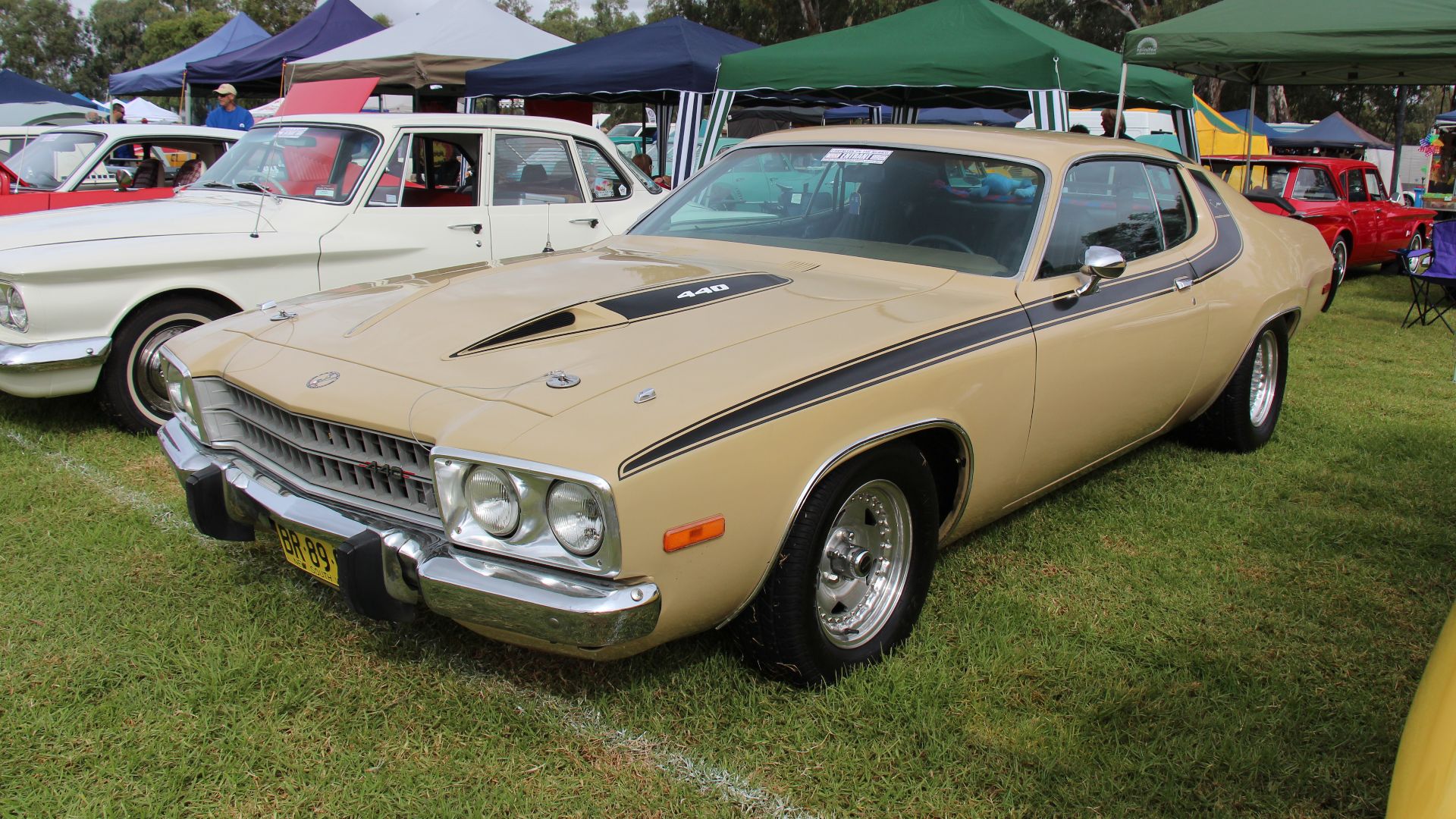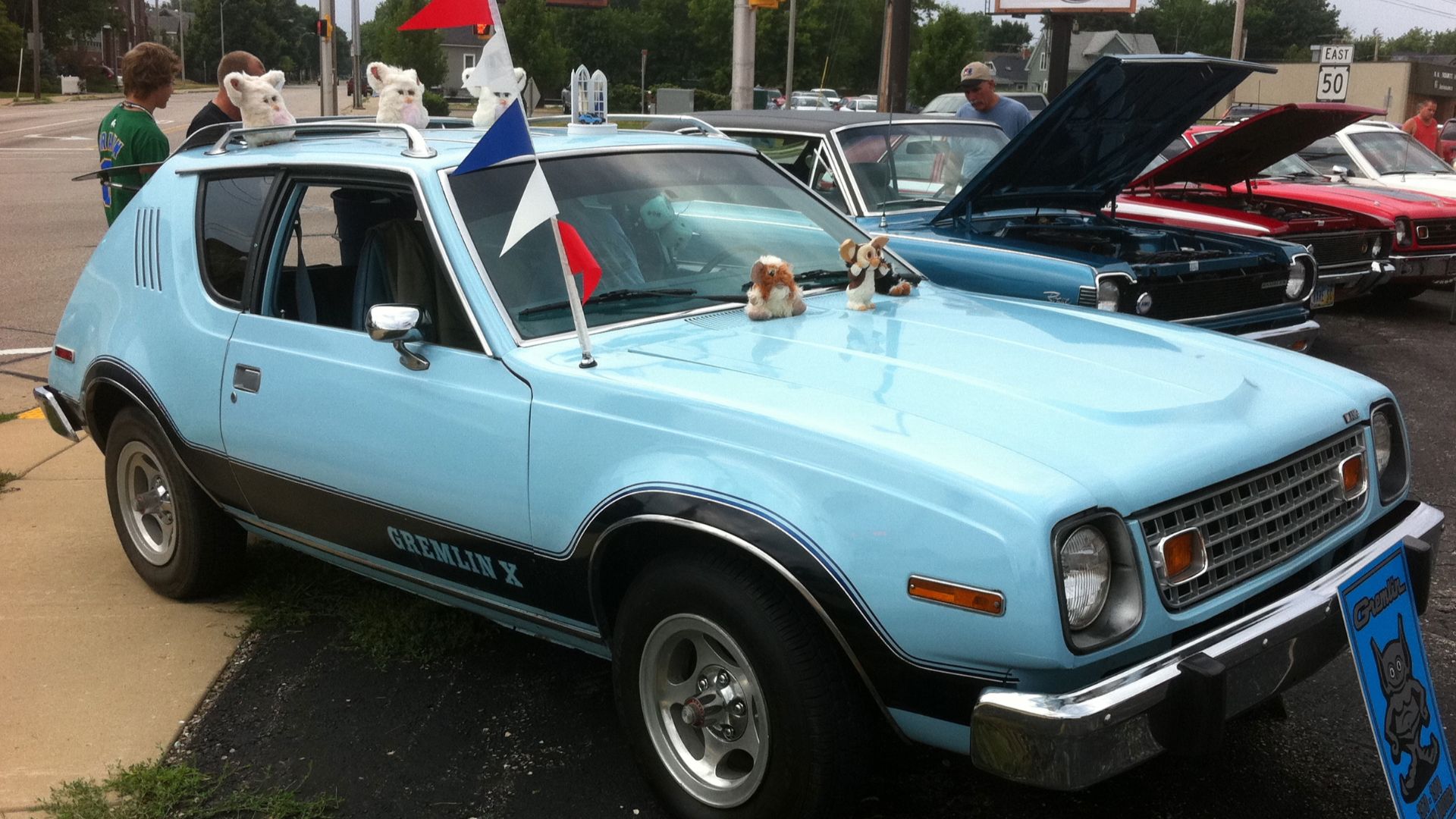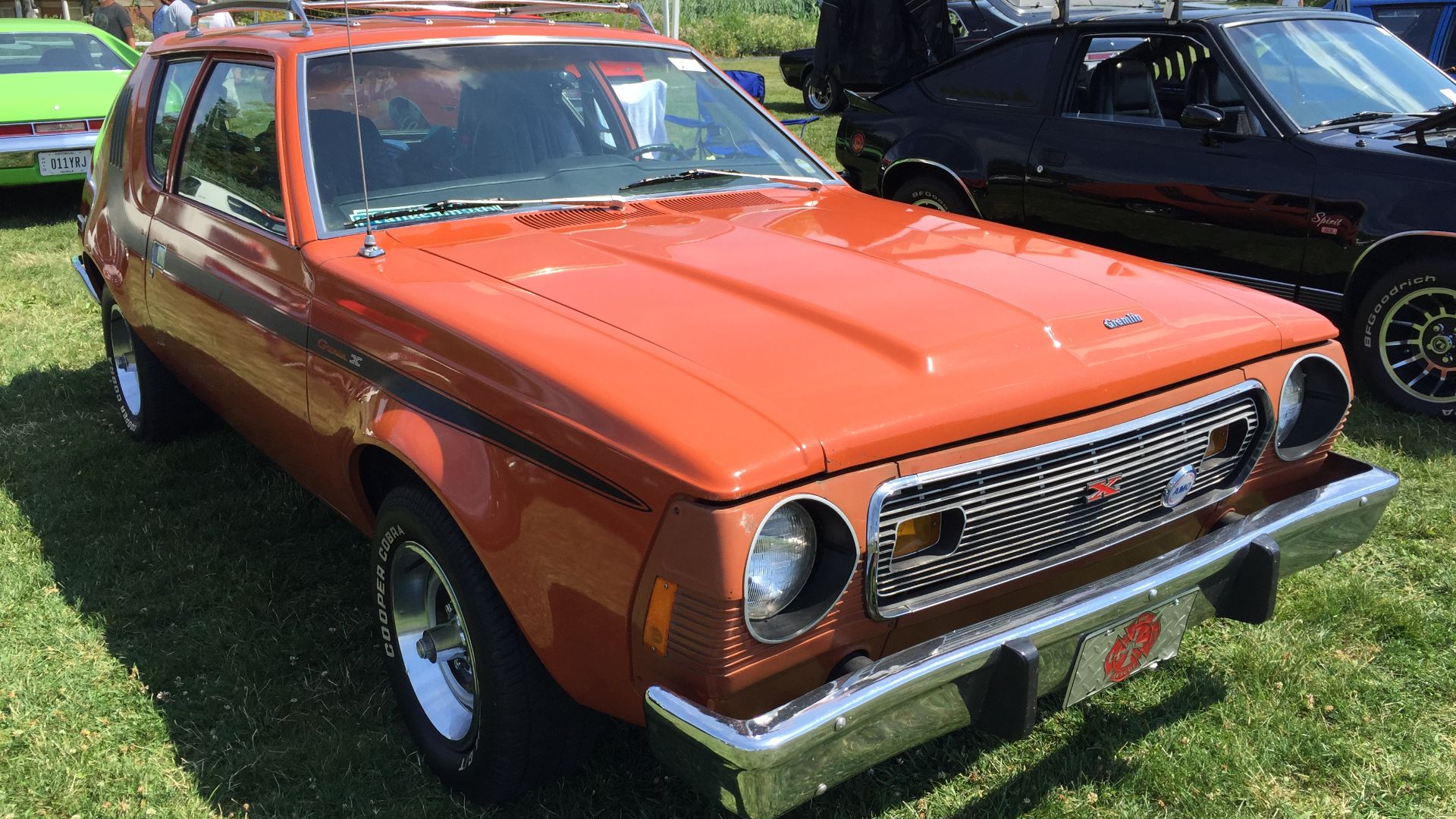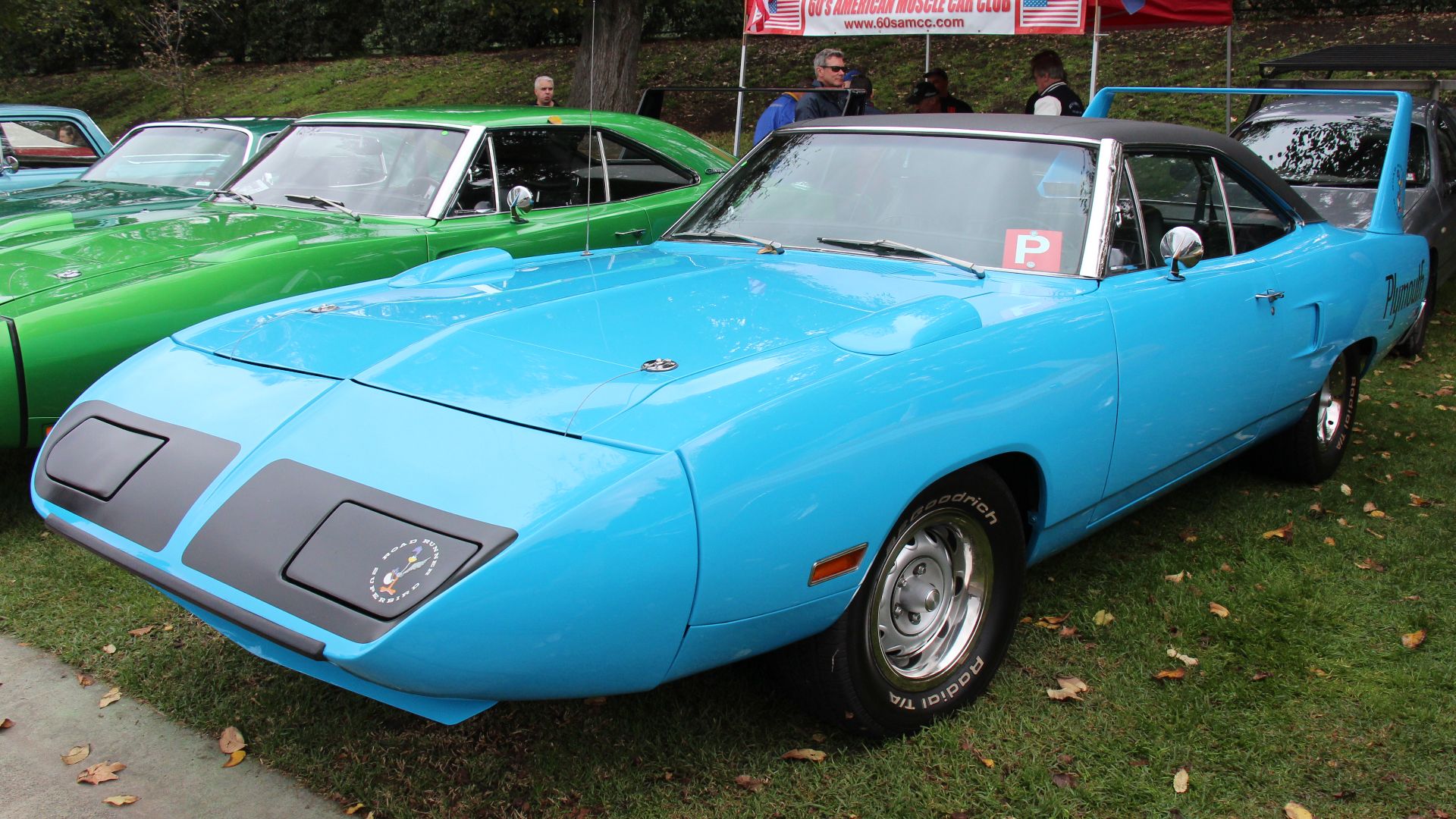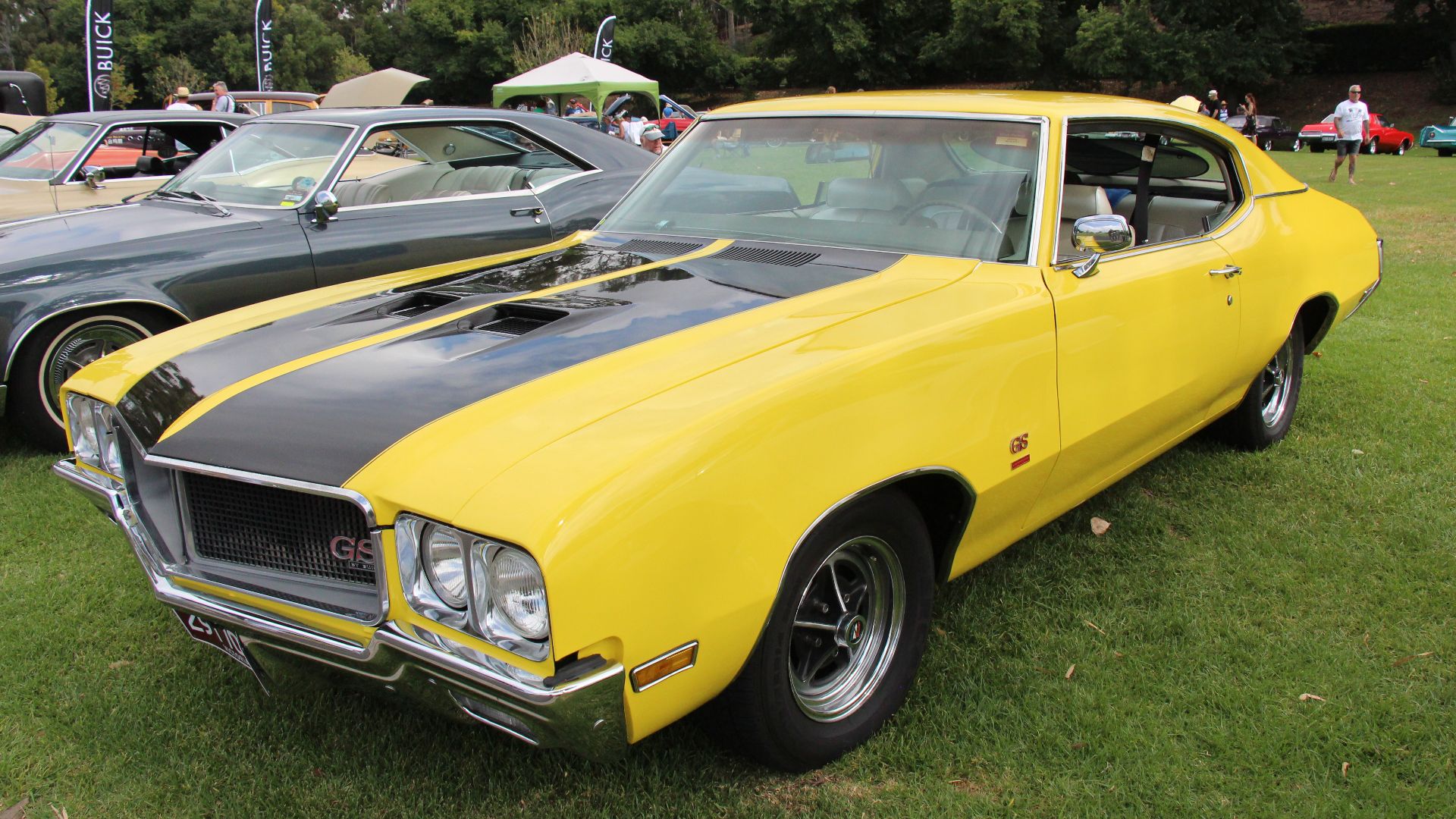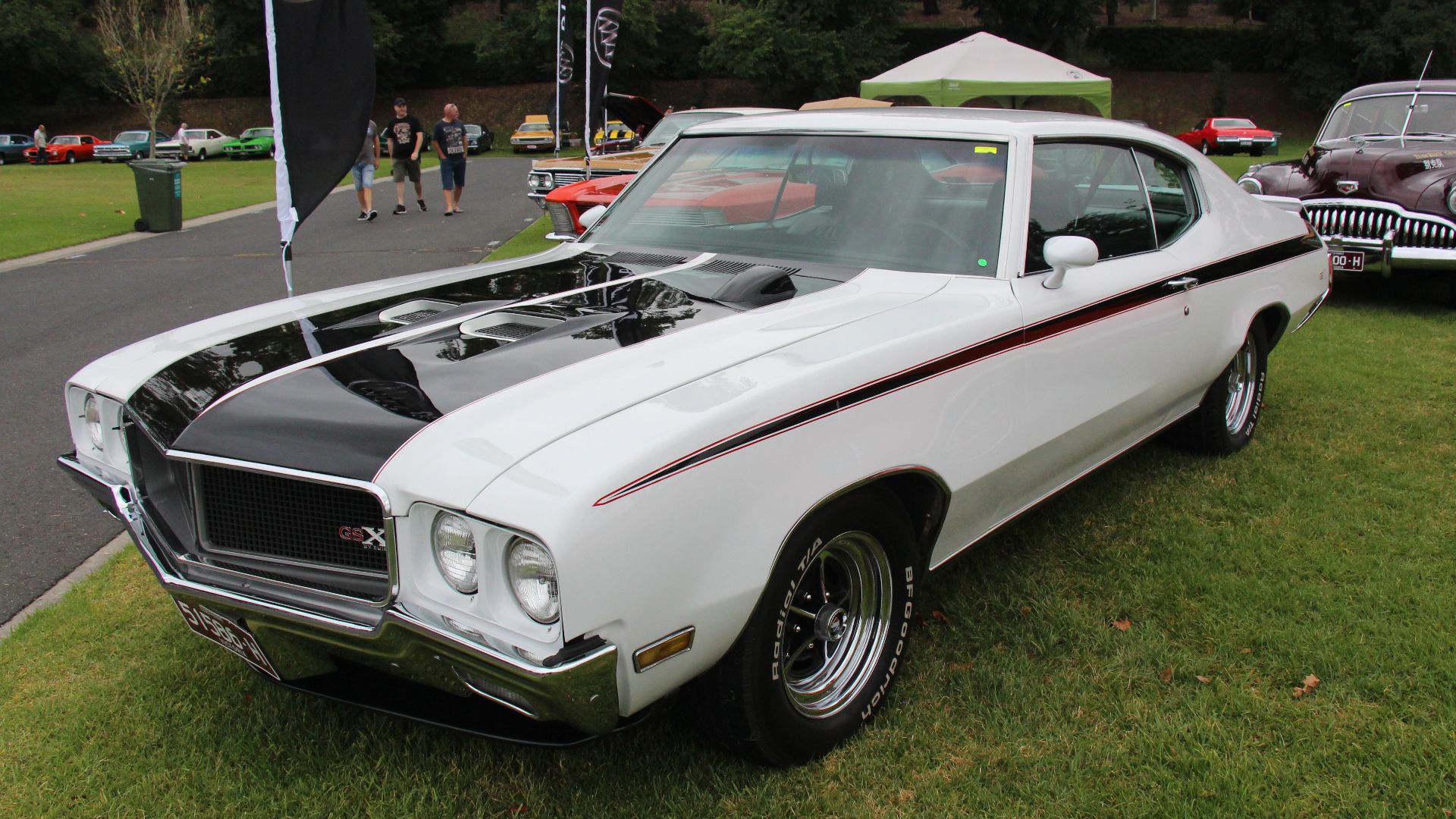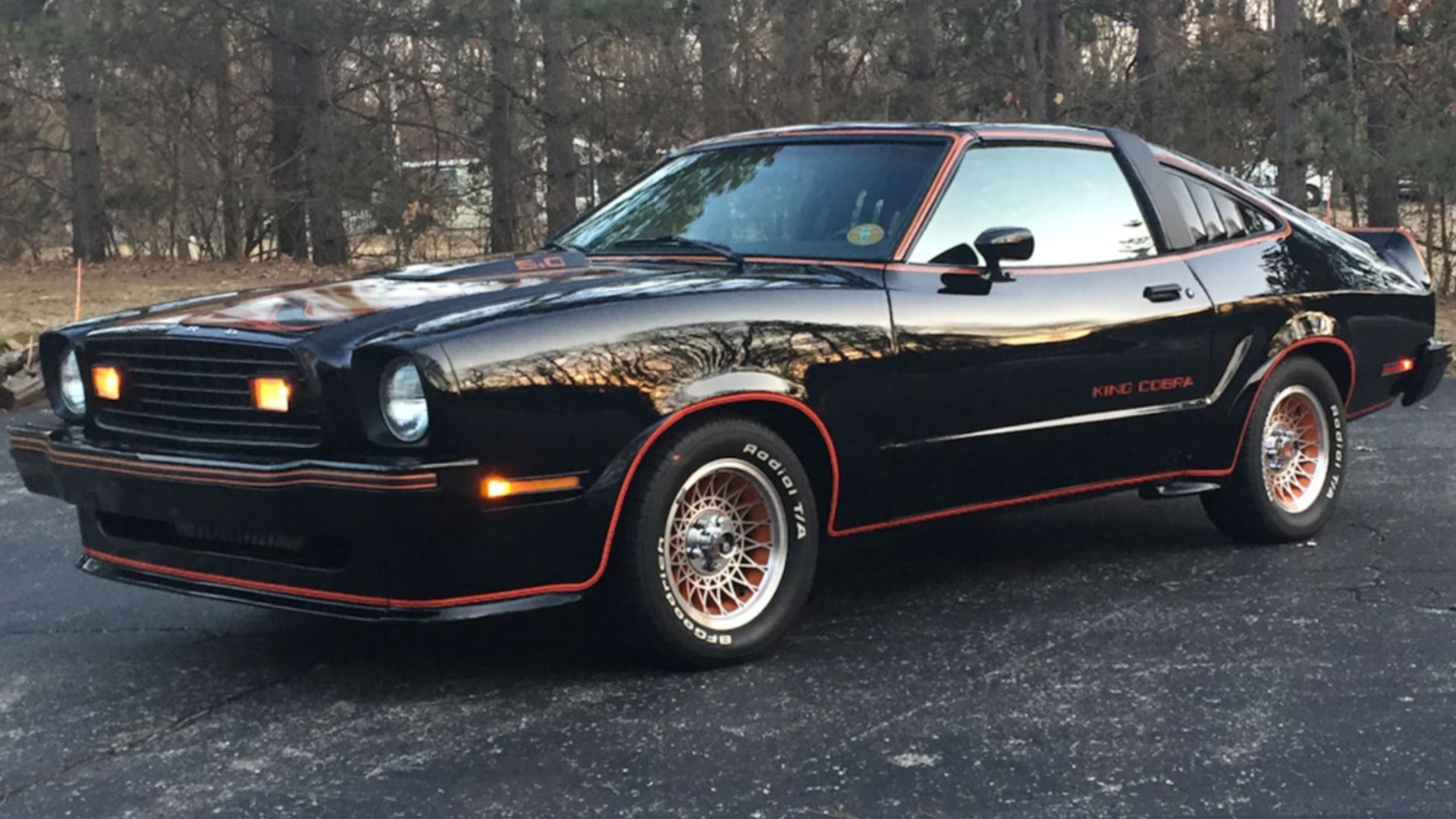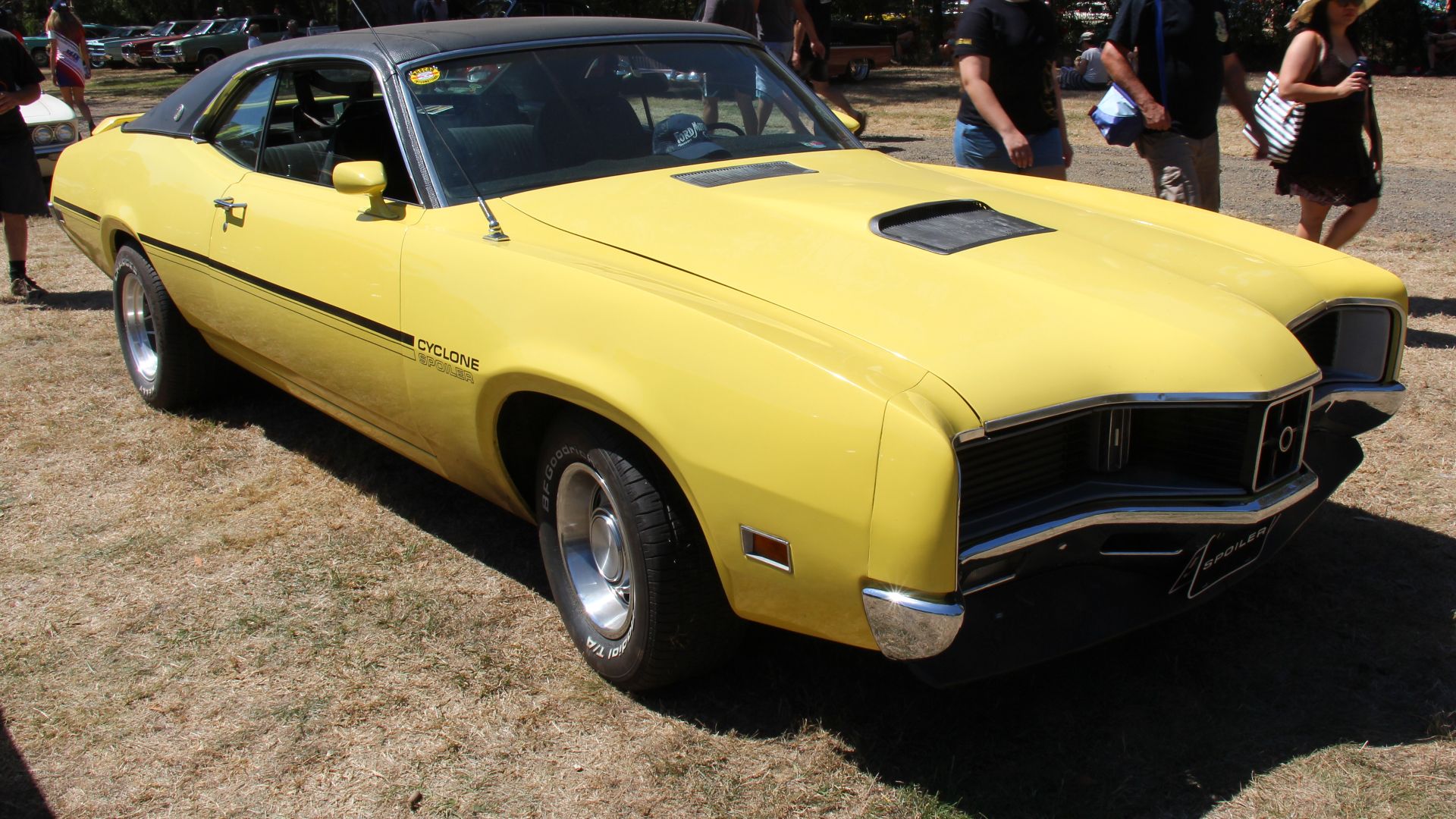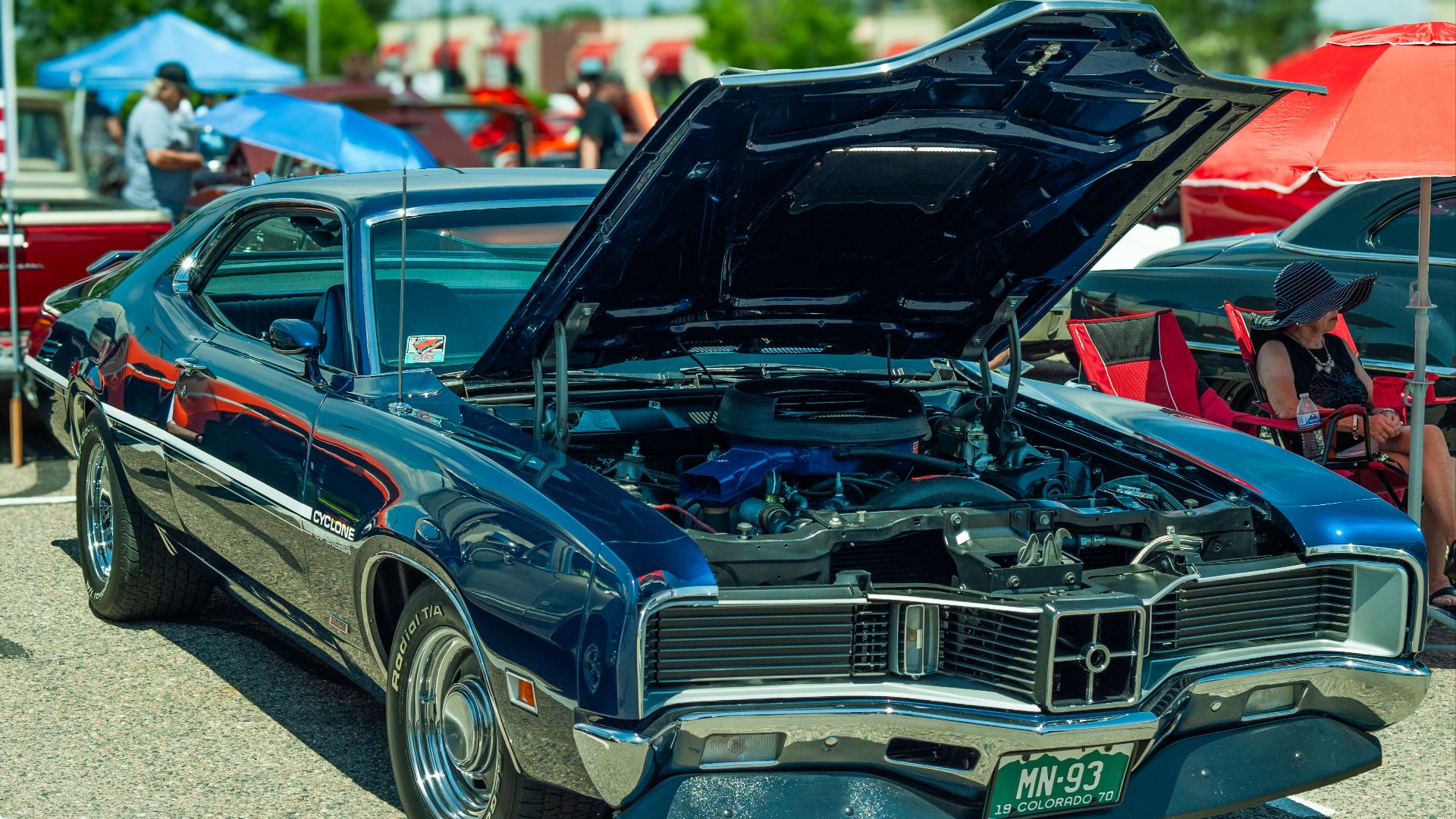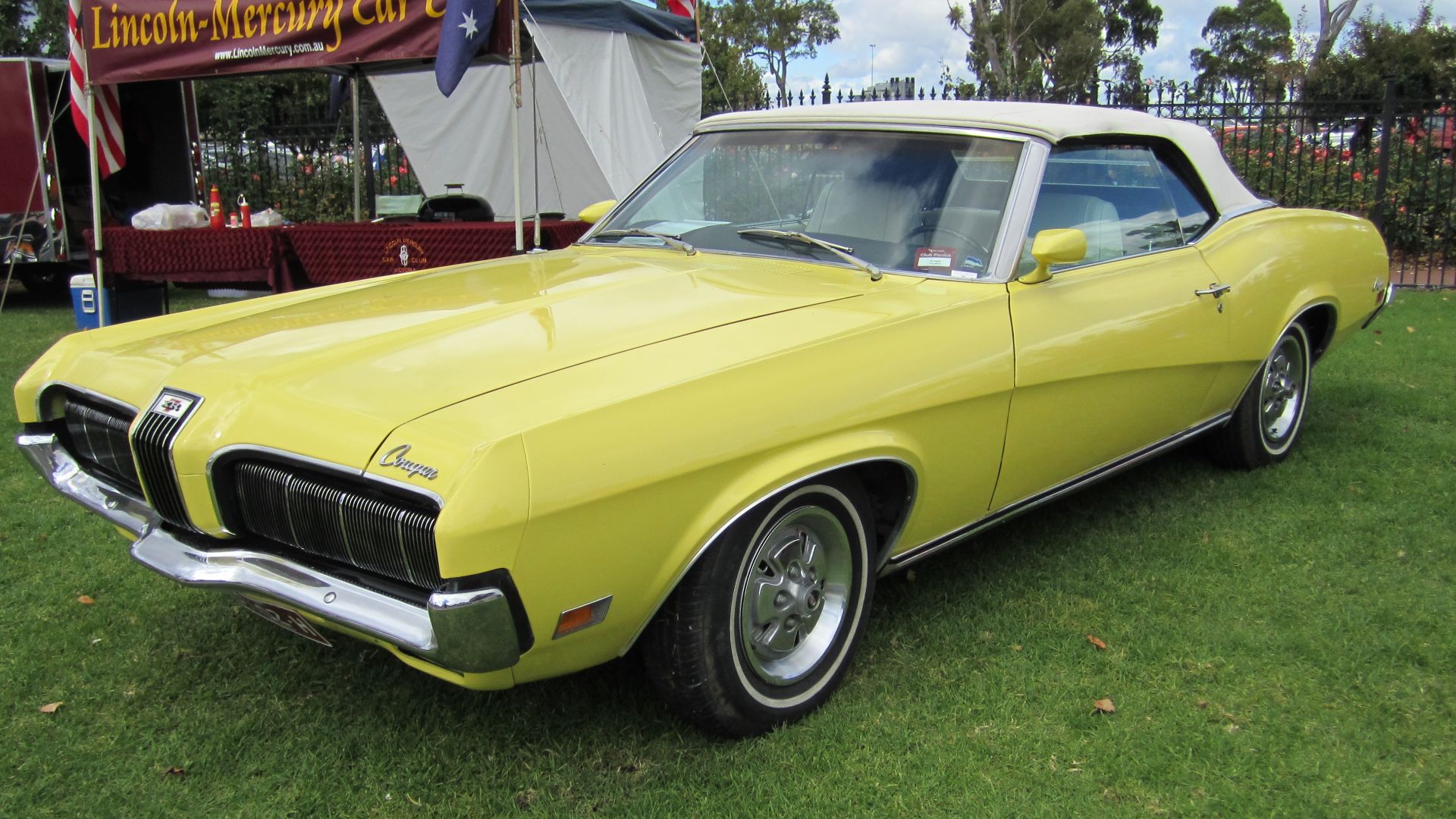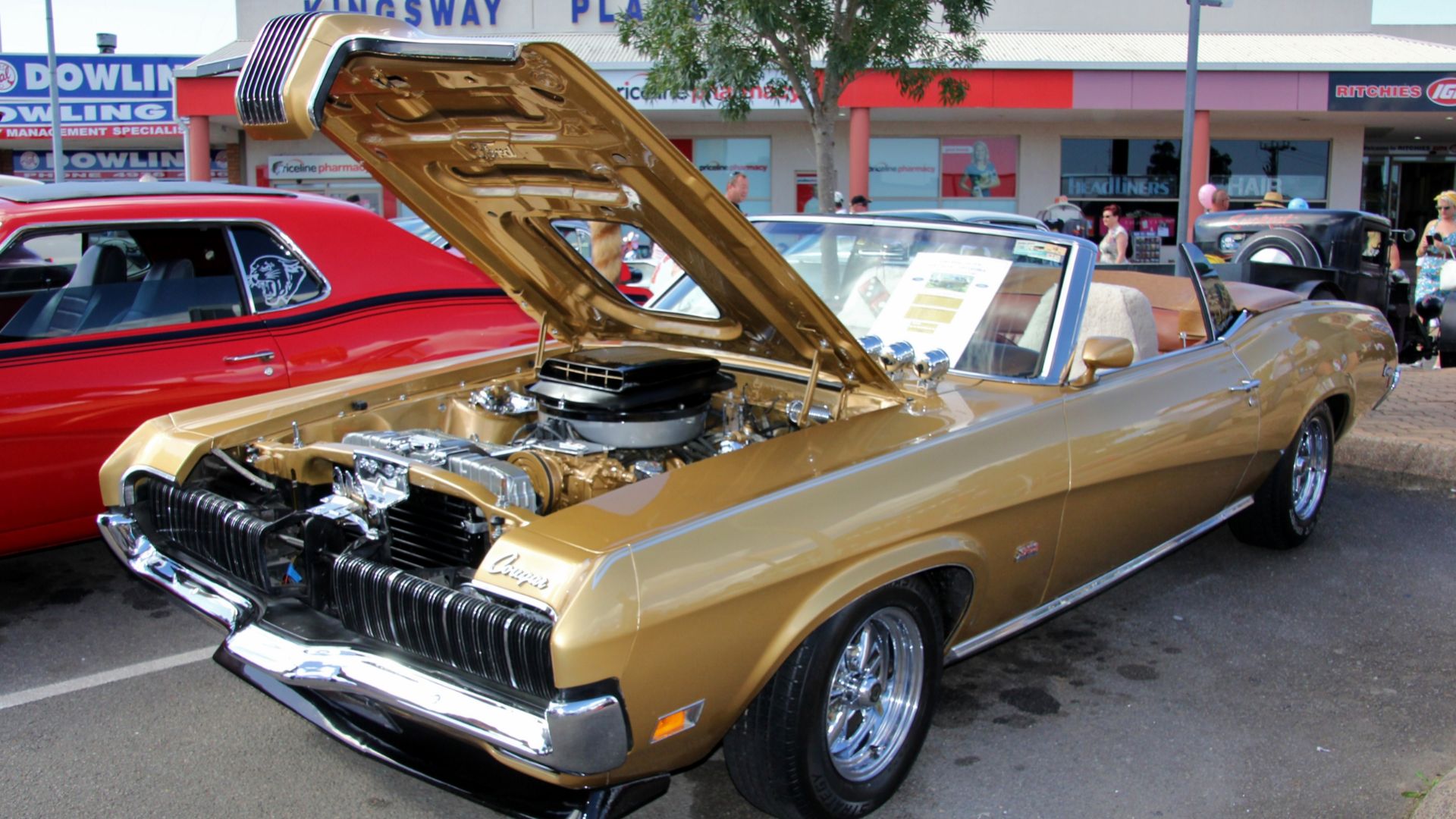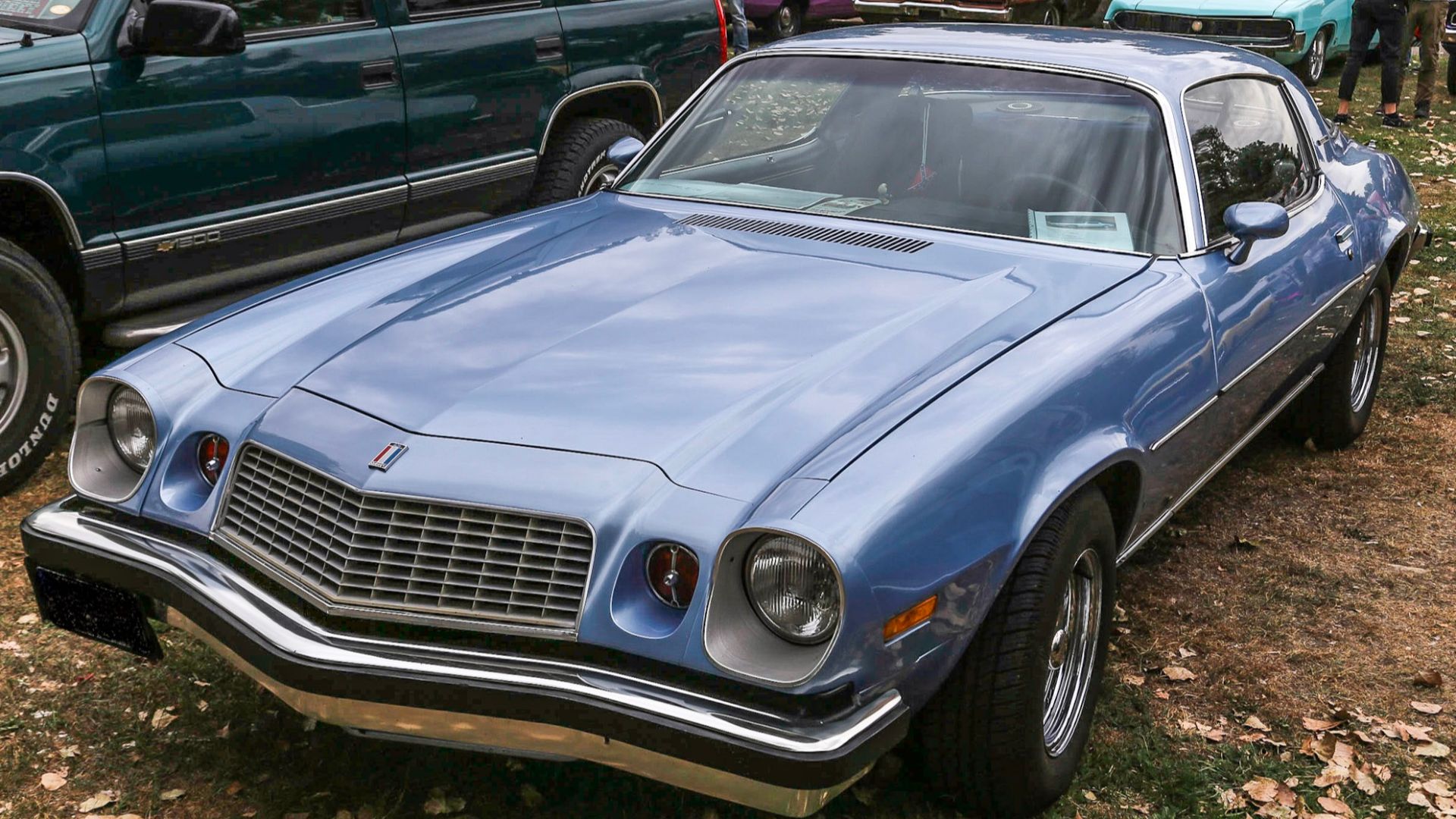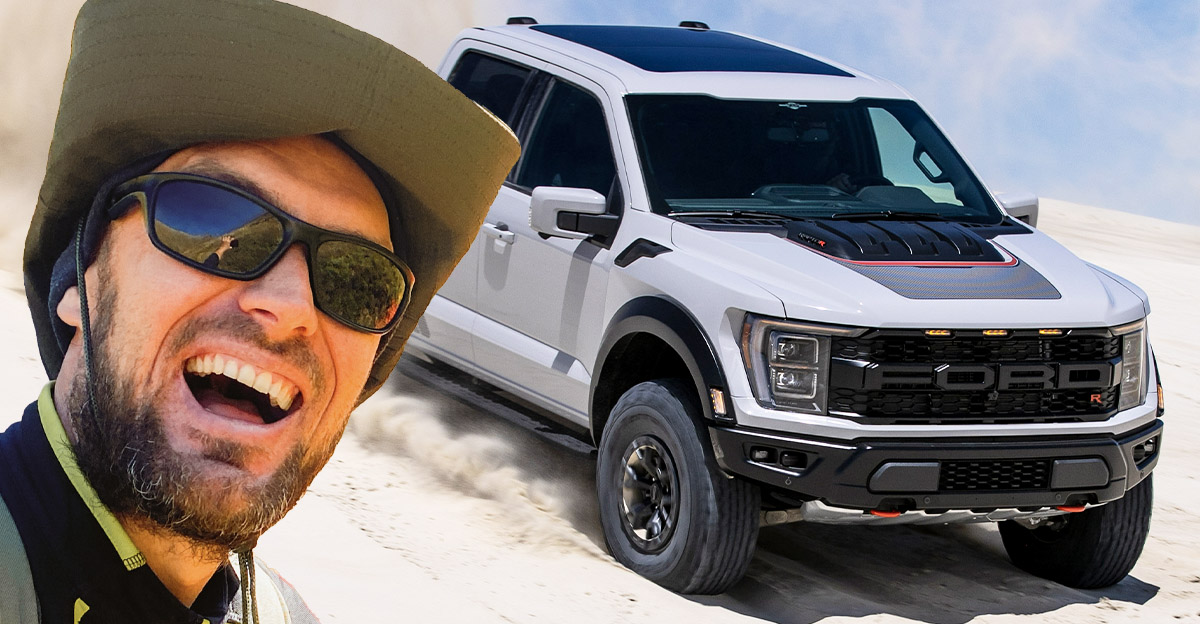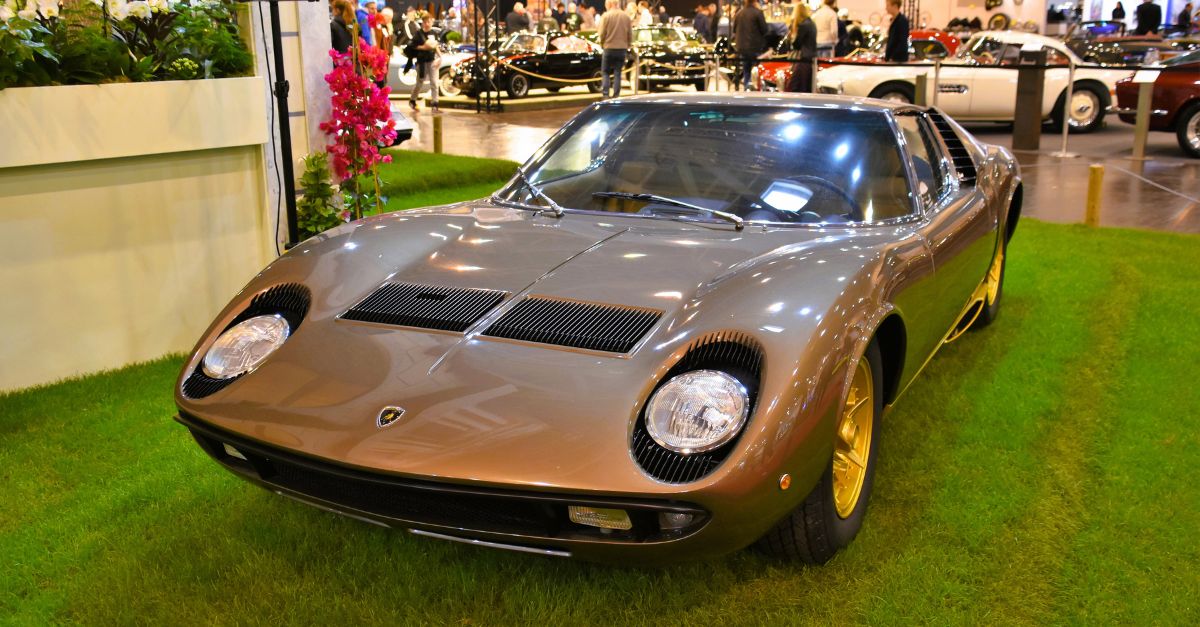Legends Gone Lopsided
Not every automotive legend aged gracefully. Some cars hit the streets looking like they'd already crashed before leaving the factory. These mighty beasts packed serious performance while wearing bodywork that made people wince.
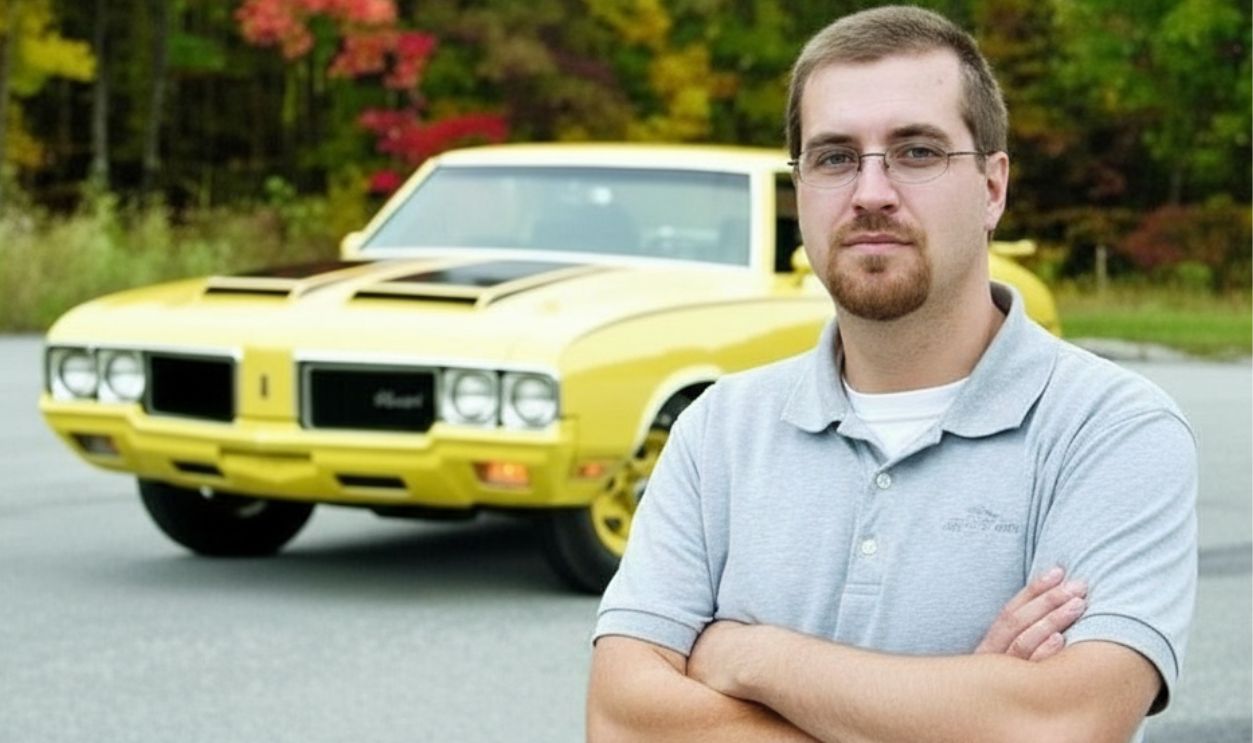
AMC Matador X
The bug-eyed front end and awkwardly sloping rear haunts automotive enthusiasts to this day. AMC desperately wanted its Matador X to compete with popular models like the Ford Torino, but the result was a design disaster that looked perpetually confused.
 MercurySable99, Wikimedia Commons
MercurySable99, Wikimedia Commons
AMC Matador X (Cont.)
Those protruding headlights paired with the strange body proportions created what many consider automotive styling gone horribly wrong. Despite its questionable aesthetics, the Matador X packed some serious muscle under the hood. When properly equipped with the 401 cubic-inch V8, it generated an impressive 330 horsepower, though.
AMC Matador X (Cont.)
The Matador X coupe itself sold around 10,000 units in 1974 and declined sharply thereafter, with fewer than 10,000 coupes sold by 1977 and only about 2,000 in 1978, the final year for the coupe. This decline was due to intense competition from the Big Three automakers.
Plymouth Road Runner (1971–1974)
What happens when a beloved cartoon-inspired muscle icon gains weight? The 1971–1974 Plymouth Road Runner answered that question with a design shift that left fans speechless. Gone was the taut, aggressive styling of the '70 models, replaced by rounded curves.
 MercurySable99, Wikimedia Commons
MercurySable99, Wikimedia Commons
Plymouth Road Runner (Cont.)
Then came a less distinctive grille, and nearly 200 additional pounds of bulk. Plymouth's loyal followers were devastated to see their beloved Road Runner go from a street menace to what looked like a Saturday morning cartoon character. Performance suffered alongside aesthetics during this era.
Plymouth Road Runner (Cont.)
In earlier years, muscle performance was strong, but by 1974, power had dropped significantly due to stricter emissions regulations, lower compression ratios, and the oil crisis. The Road Runner transitioned from a pure muscle car to a more mid-performance model by 1974.
1970 Oldsmobile Rallye 350
This one is characterized by its bold styling and a distinctive appearance that some enthusiasts might consider unconventional or even unattractive, especially by today's standards. Its key design features include a sebring yellow paint, which was bright and eye-catching.
 Greg Gjerdingen from Willmar, USA, Wikimedia Commons
Greg Gjerdingen from Willmar, USA, Wikimedia Commons
1970 Oldsmobile Rallye 350 (Cont.)
Apparently, the shade was meant to emphasize its performance spirit, but could be regarded as overly vivid or "loud" in some opinions. The urethane-coated bumpers and monochromatic color scheme gave the car a distinctive, somewhat aggressive look, not necessarily sleek or refined.
 Dave Parker from Tracy, CA, USA,cropped and altered by uploader Mr.choppers, Wikimedia Commons
Dave Parker from Tracy, CA, USA,cropped and altered by uploader Mr.choppers, Wikimedia Commons
AMC Gremlin X
The bizarre chopped-rear profile made the AMC Gremlin X instantly recognizable—for all the wrong reasons. AMC's attempt at building a performance subcompact resulted in what looked like a car with its back half removed in a tragic accident.
AMC Gremlin X (Cont.)
Though marketed as a muscle car with its X package, the stubby rear end and cartoon-like proportions made it difficult for anyone to take this oddball seriously on the streets. In a stroke of questionable marketing genius, AMC slapped on racing stripes.
Plymouth Superbird
NASCAR domination came at a steep aesthetic cost with the 1970 Plymouth Superbird. This outlandish creation featured an aerodynamic nose cone and a towering rear wing that looked like they were pulled directly from a child's imagination rather than a professional design studio.
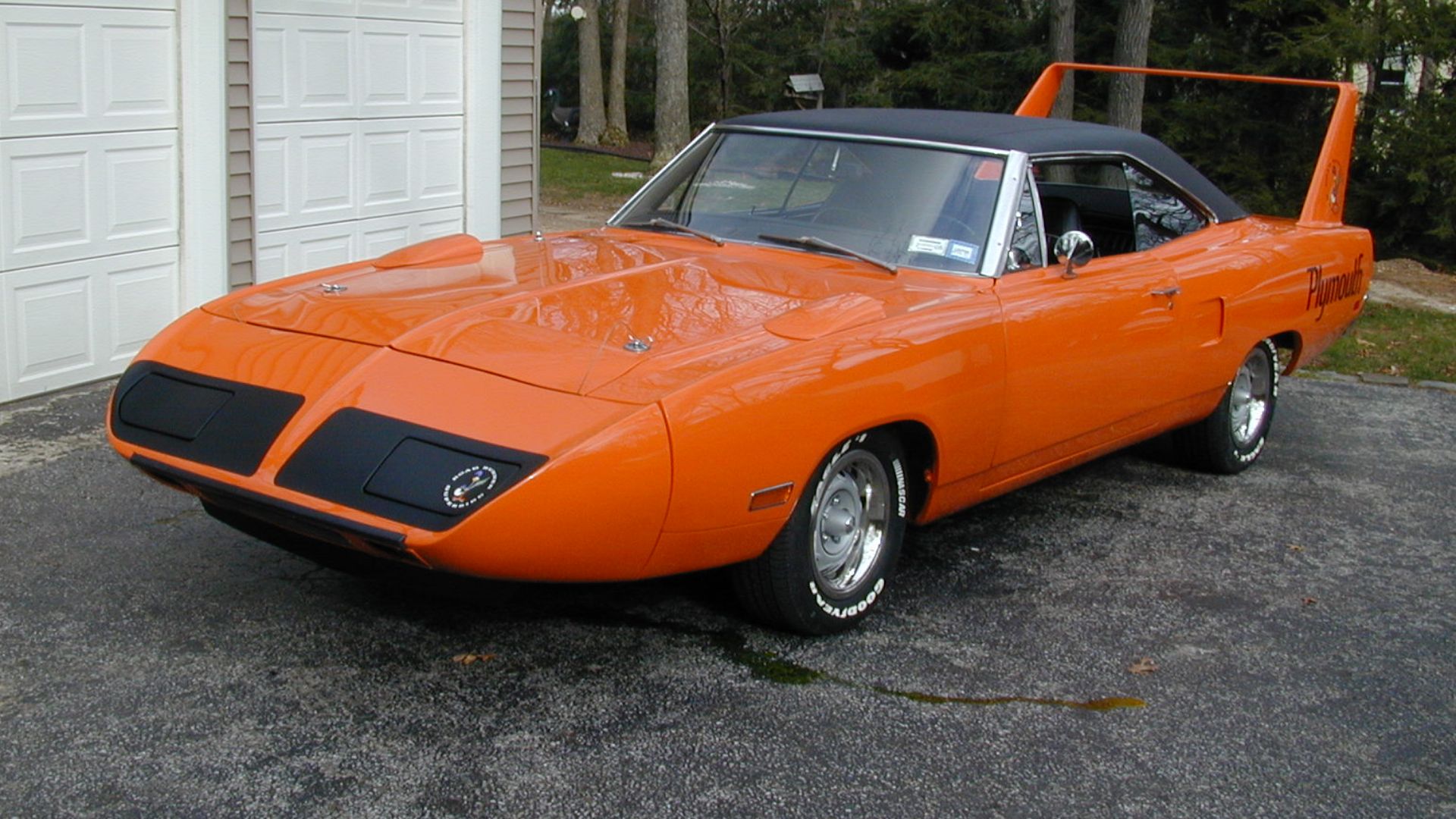 Ferrari 4 ever at Italian Wikipedia, Wikimedia Commons
Ferrari 4 ever at Italian Wikipedia, Wikimedia Commons
Plymouth Superbird (Cont.)
Built solely for homologation purposes so Plymouth could race the design in NASCAR, the Superbird prioritized function over form in ways that shocked the general public when they appeared on dealership lots. Those unusual aerodynamic additions allowed NASCAR drivers like Richard Petty to reach speeds over 200 mph on the oval tracks.
1972 Buick Gran Sport
Grandma curves and church picnic styling don't typically evoke muscle car imagery, yet that's precisely what Buick delivered with the 1972 Gran Sport. The model abandoned the clean, aggressive design language of earlier Buicks for strange concave body panels and an awkward front end.
1972 Buick Gran Sport (Cont.)
These peculiar styling choices made the Gran Sport look more suited for Sunday drives with the elderly than quarter-mile showdowns at the drag strip. Buick's attempt to say "Hey, we're cool too!" with the Gran Sport fell flat despite what was underneath the hood.
 Greg Gjerdingen from Willmar, USA, Wikimedia Commons
Greg Gjerdingen from Willmar, USA, Wikimedia Commons
AMC Rebel Machine
The 1970 AMC Rebel Machine ended up being patriotically challenged in the styling department. Painted in eye-searing white with red and blue graphics that resembled an explosion in a flag factory, this AMC creation turned heads for all the wrong reasons.
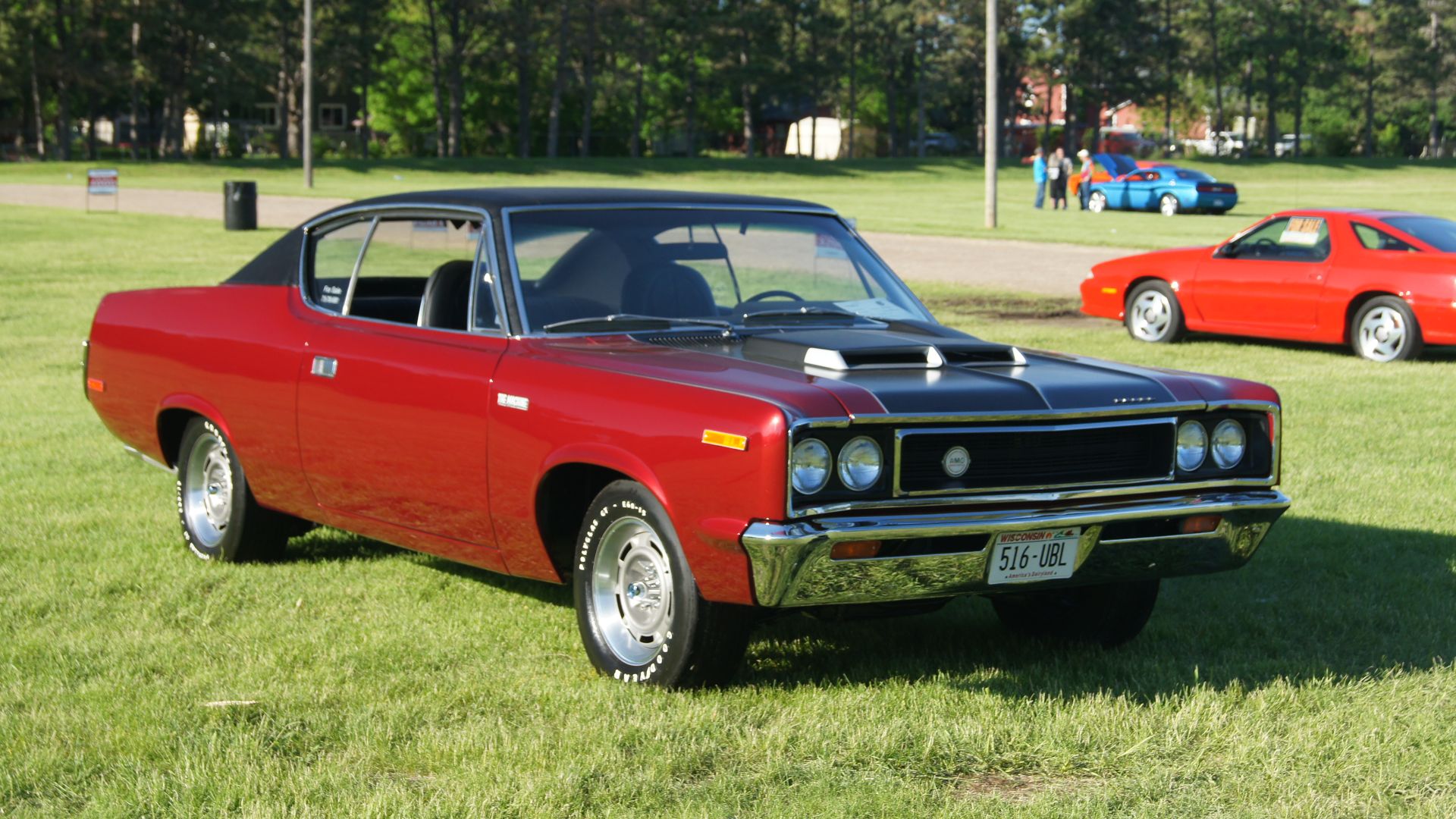 Greg Gjerdingen from Willmar, USA, Wikimedia Commons
Greg Gjerdingen from Willmar, USA, Wikimedia Commons
AMC Rebel Machine (Cont.)
That boxy, awkward package stood out in an era of sleek muscle machines, making it look like your uncle's lawnmower dressed for the Fourth of July parade. Under the garish exterior lurked legitimate performance credentials that deserved better packaging.
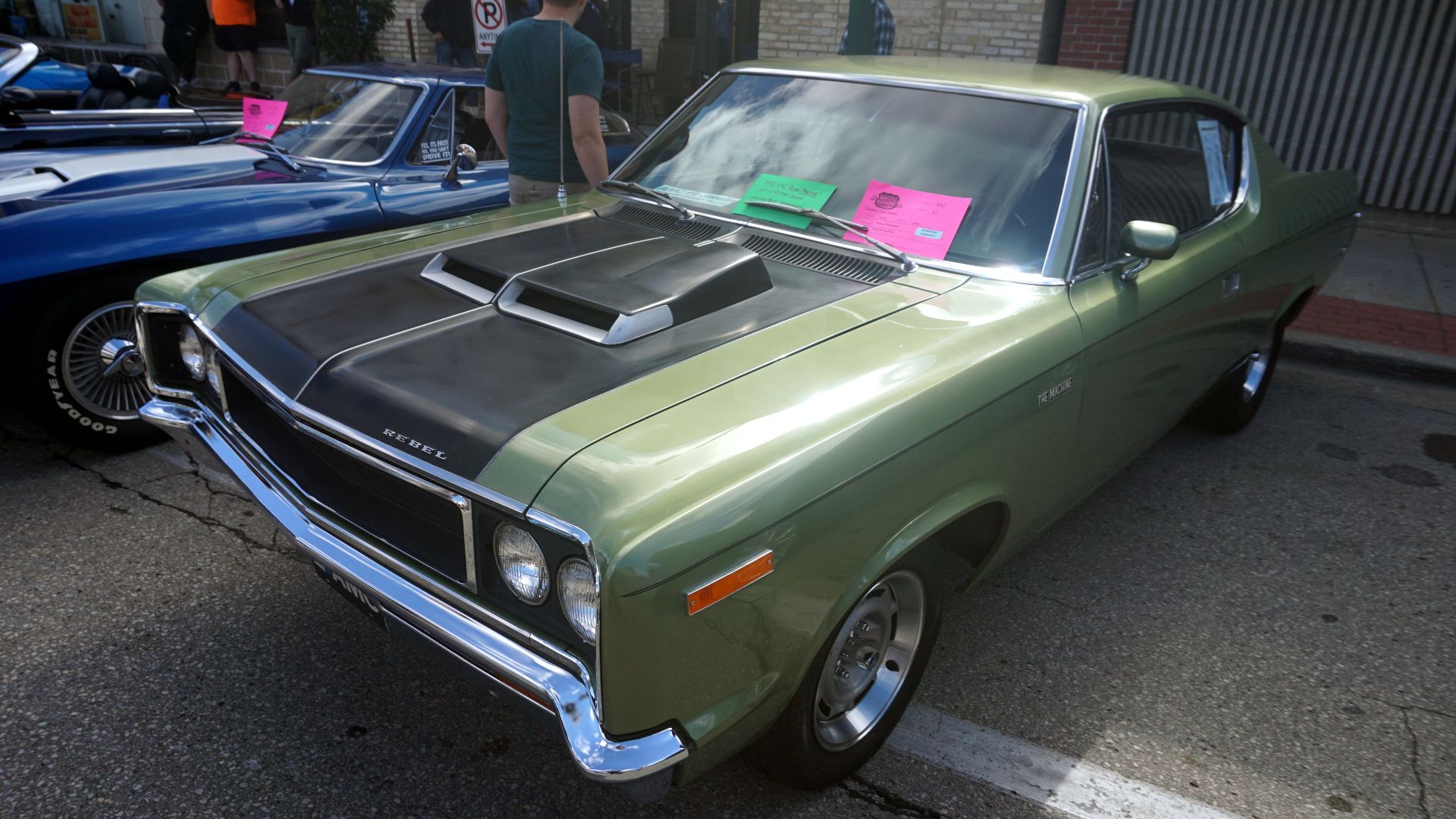 Michael Barera, Wikimedia Commons
Michael Barera, Wikimedia Commons
1970 Buick GSX (Stage 1)
Most powerful doesn't always translate to most beautiful, as demonstrated by the 1970 Buick GSX Stage 1. Despite showing off the highest torque figure of the muscle car era at a staggering 510 lb-ft, Buick wrapped this mechanical masterpiece in styling that left much to be desired.
1970 Buick GSX (Stage 1) (Cont.)
The awkward proportions combined with gaudy color schemes—primarily the Saturn Yellow or Apollo White with contrasting stripes—created a visual package that simply couldn't match the car's performance credentials. The excessive brightwork and unnecessary body embellishments only accentuated its ungainly appearance.
1970 Buick GSX (Stage 1) (Cont.)
However, Buick's engineering team deserves immense credit for building what some experts have called "the greatest muscle car of all time" based purely on performance metrics. The 455 cubic-inch V8 with the Stage 1 package delivered astonishing acceleration.
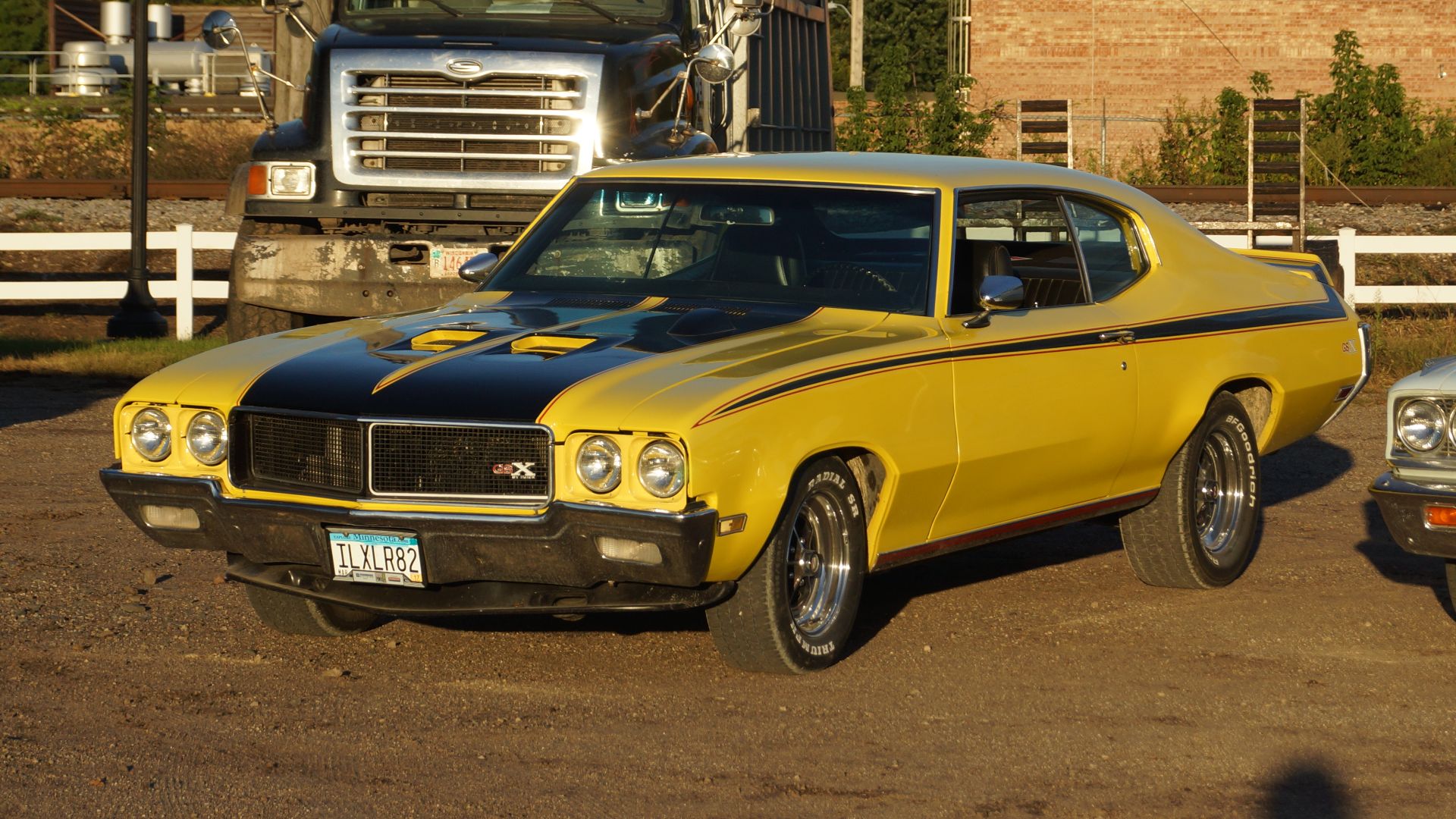 Greg Gjerdingen from Willmar, USA, Wikimedia Commons
Greg Gjerdingen from Willmar, USA, Wikimedia Commons
Ford Gran Torino Elite
Identity crisis incarnate, the Ford Gran Torino Elite was part muscle car, part personal luxury coupe, and entirely confused. The oversized chrome grille looked like it belonged on a Lincoln, while the bloated stance robbed it of any sporting pretensions.
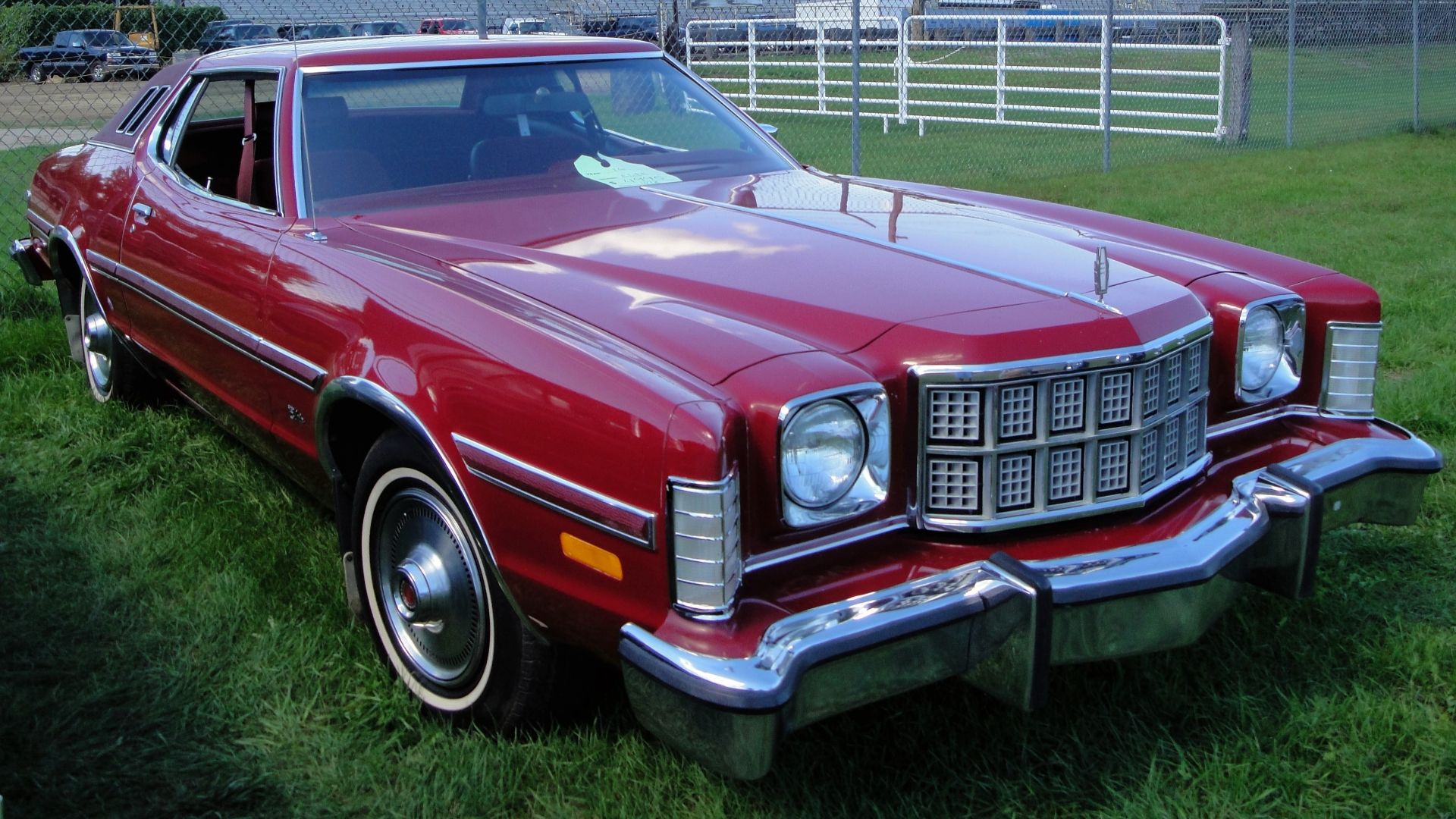 Greg Gjerdingen, Wikimedia Commons
Greg Gjerdingen, Wikimedia Commons
Ford Gran Torino Elite (Cont.)
Ford's design team seemed determined to chase multiple market segments simultaneously, resulting in a car that satisfied none of them. Auto critics weren't kind to the Gran Torino Elite, with automotive journalist Dan Neil describing it as "one of many million overfed, undersprung and largely unlamented muscle cars" from the era.
 Triple-green, Wikimedia Commons
Triple-green, Wikimedia Commons
Dodge Magnum XE
When NASCAR styling meets suburban dad energy, you get this beast. Intended to blend racetrack flair with street style, the Magnum ended up looking cartoonish with its long, pointed nose that didn't mesh well with the narrow greenhouse.
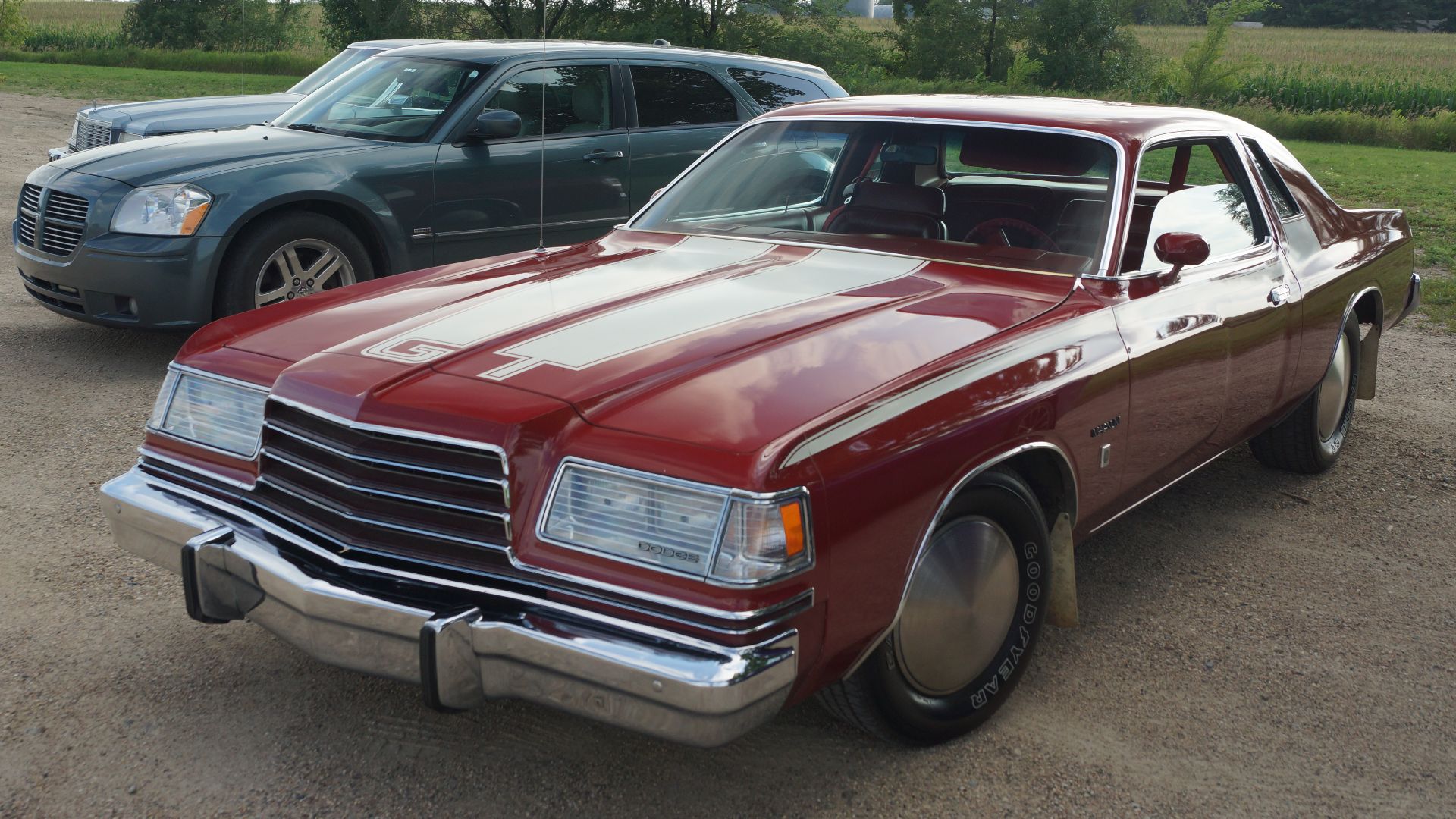 Greg Gjerdingen from Willmar, USA, Wikimedia Commons
Greg Gjerdingen from Willmar, USA, Wikimedia Commons
Dodge Magnum XE (Cont.)
The bulky proportions gave it a top-heavy feel that contradicted everything a performance car should be. Even with big block V8 options available, most drivers were too distracted by the odd styling to appreciate what lay under the hood.
 Mr.choppers, Wikimedia Commons
Mr.choppers, Wikimedia Commons
1974 Pontiac GTO
Relegated from a standalone model to a mere option package, the 1974 Pontiac GTO represents one of the greatest falls from grace in automotive history. This once-mighty muscle car icon had been reduced to a decal package slapped onto the compact Ventura (Pontiac's rebadged Chevy Nova).
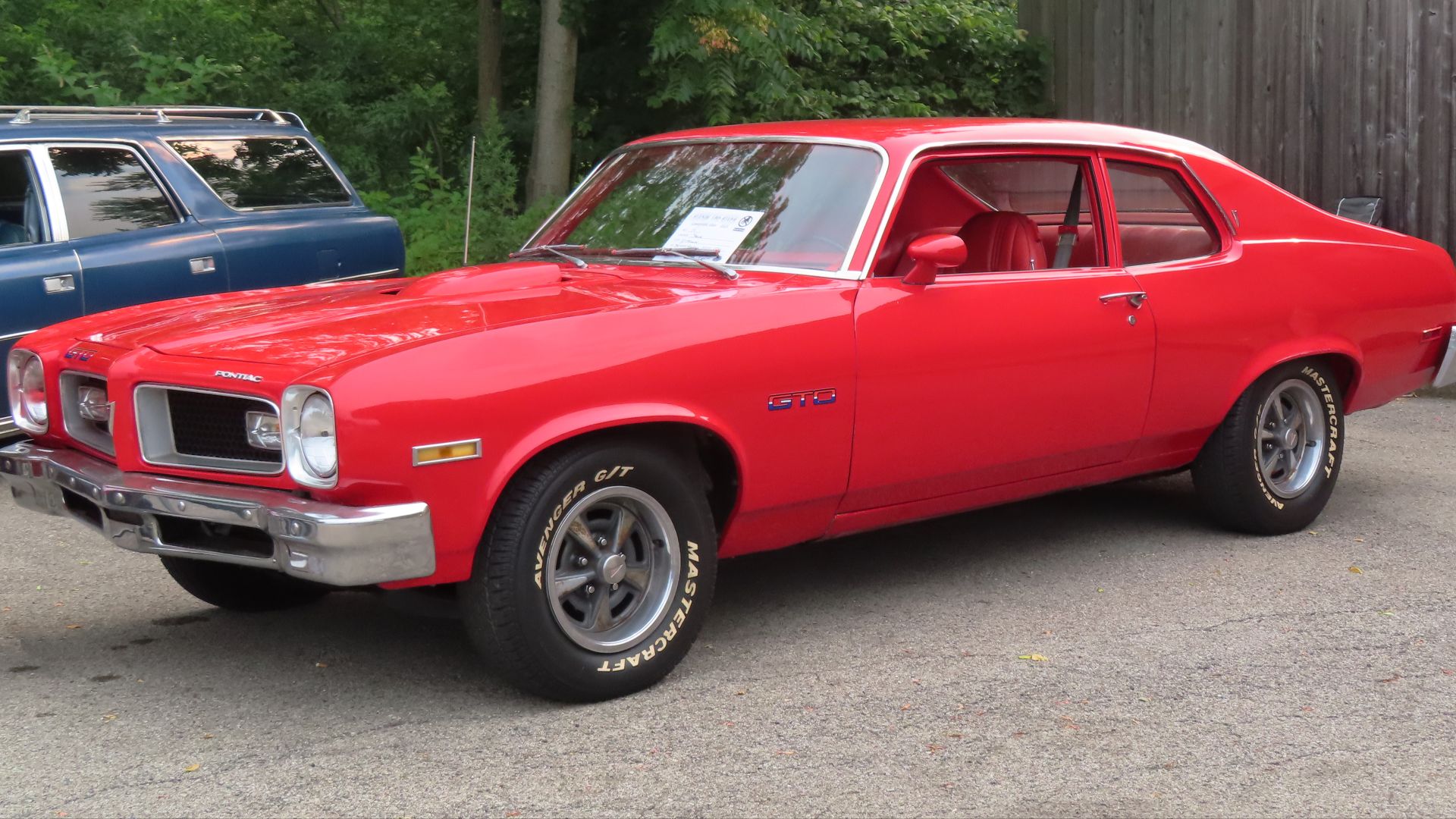 MercurySable99, Wikimedia Commons
MercurySable99, Wikimedia Commons
1974 Pontiac GTO (Cont.)
Pontiac's desperation to keep the legendary GTO nameplate alive led to this unfortunate creation. While earlier GTOs showed off powerful engines and distinctive styling, this imposter offered modest performance from its 350 cubic-inch V8, producing a mere 200 horsepower.
Ford King Cobra
Designed to dominate NASCAR tracks but never officially released, the Ford King Cobra stands as an aerodynamic experiment gone horribly wrong. With its dramatic, drooping nose featuring hideaway headlights and a lizard-like stare, the prototype resembled a dozing Komodo dragon on wheels.
Ford King Cobra (Cont.)
Ford engineers prioritized function over form to such an extreme degree that aesthetics became an afterthought, creating what many consider one of the most visually challenging muscle car designs ever conceived. Only three prototypes of this curious creation ever materialized before Ford abandoned the project.
 Bill Abbott, Wikimedia Commons
Bill Abbott, Wikimedia Commons
1970 Mercury Cyclone Spoiler
Mercury's attempt at aerodynamic innovation produced one of the strangest-looking rides of the era. The 1970 Cyclone Spoiler displayed a pointed nose and recessed headlights, creating what automotive journalists described as “a face only an engineer could love”.
1970 Mercury Cyclone Spoiler (Cont.)
Wind tunnel testing might have validated the design's efficiency, but aesthetic considerations clearly took a back seat. The exaggerated proportions and awkward front end made the car look perpetually startled, as though it had seen its own reflection.
1970 Mercury Cyclone Spoiler (Cont.)
Behind the peculiar styling lurked some superb performance credentials that deserved a more attractive wrapper. The Cyclone Spoiler could be equipped with the formidable 429 Super Cobra Jet V8, generating well over 370 horsepower in its highest state of tune.
Mercury Cougar XR7 Convertible
Large bumpers and bulky proportions destroyed what should have been a graceful open-top cruiser. The Mercury Cougar XR7 convertible suffered from the heavy-handed design approach typical of mid-1970s American cars, with chunky lines and excessive ornamentation that detracted from any sporting pretensions it might have harbored.
Mercury Cougar XR7 Convertible (Cont.)
Mercury's positioning as Ford's upscale division created a challenging balancing act for the Cougar. Originally conceived as a more luxurious alternative to the Mustang, the XR7 convertible of this era strayed too far from the performance roots that made earlier Cougars desirable.
1974 Chevrolet Chevelle Malibu Classic
Heavy-handed redesigns rarely improve automotive legends, as proven by the 1974 Chevelle Malibu Classic. By this point in the decade, the once-athletic Chevelle had morphed into a bloated shadow of its former self, with a heavy front end, slab sides, and a soft stance.
 Mr.choppers, Wikimedia Commons
Mr.choppers, Wikimedia Commons
Chevrolet Laguna S-3
NASCAR homologation requirements birthed some questionable street cars, with this one standing as a prime example. The distinctive rubber nose structured for aerodynamic efficiency on superspeedways looked mismatched with the rest of the car's conventional lines when parked in suburban driveways.
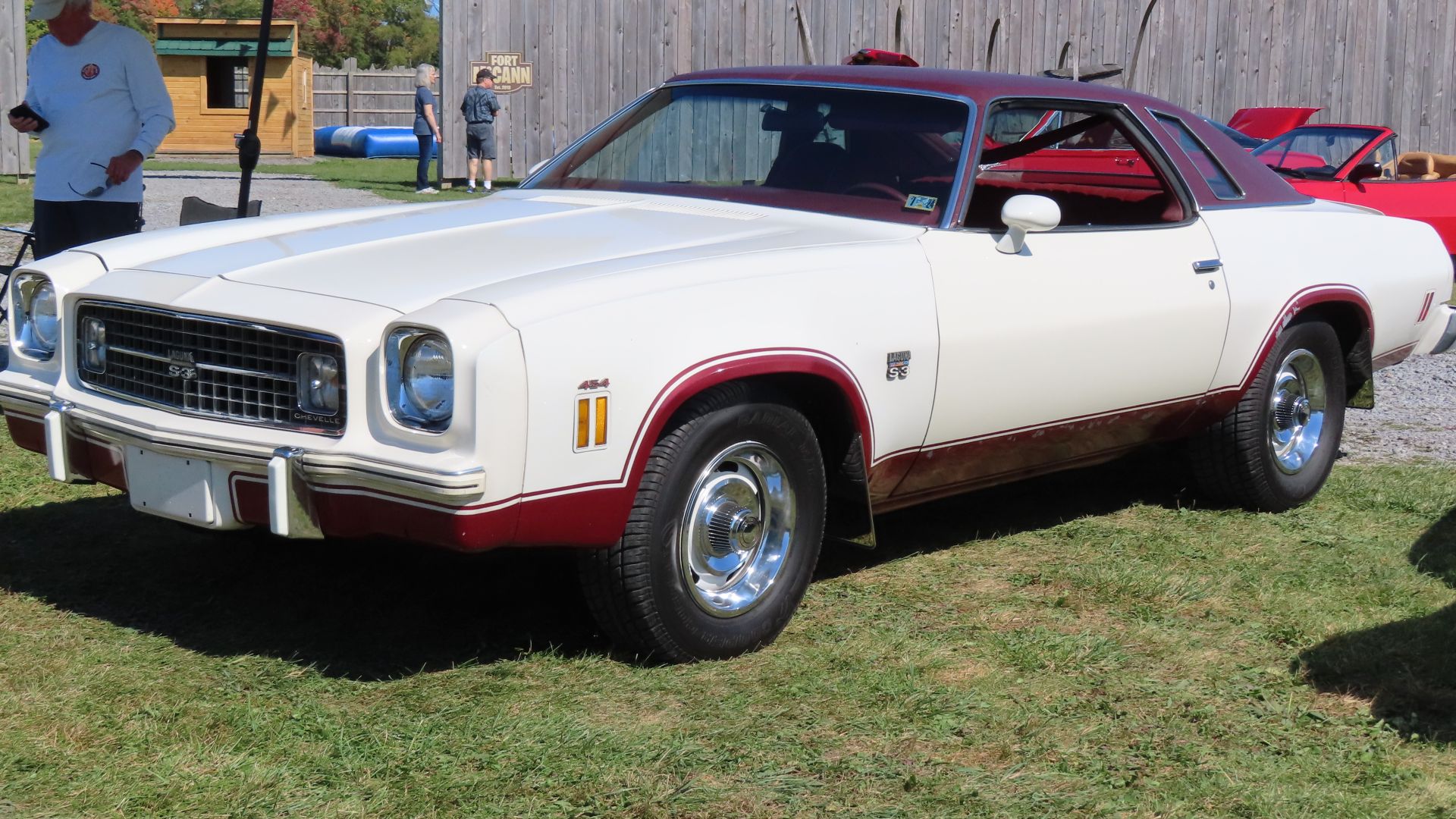 MercurySable99, Wikimedia Commons
MercurySable99, Wikimedia Commons
Chevrolet Laguna S-3 (Cont.)
Heavy and large, the Laguna S-3 lacked the sleek aggression muscle car buyers expected. Even its racing success couldn't fully redeem its awkward street presence. However, behind the strange styling choices lay a fascinating story of motorsport influence as Chevrolet developed the Laguna specifically to dominate NASCAR.
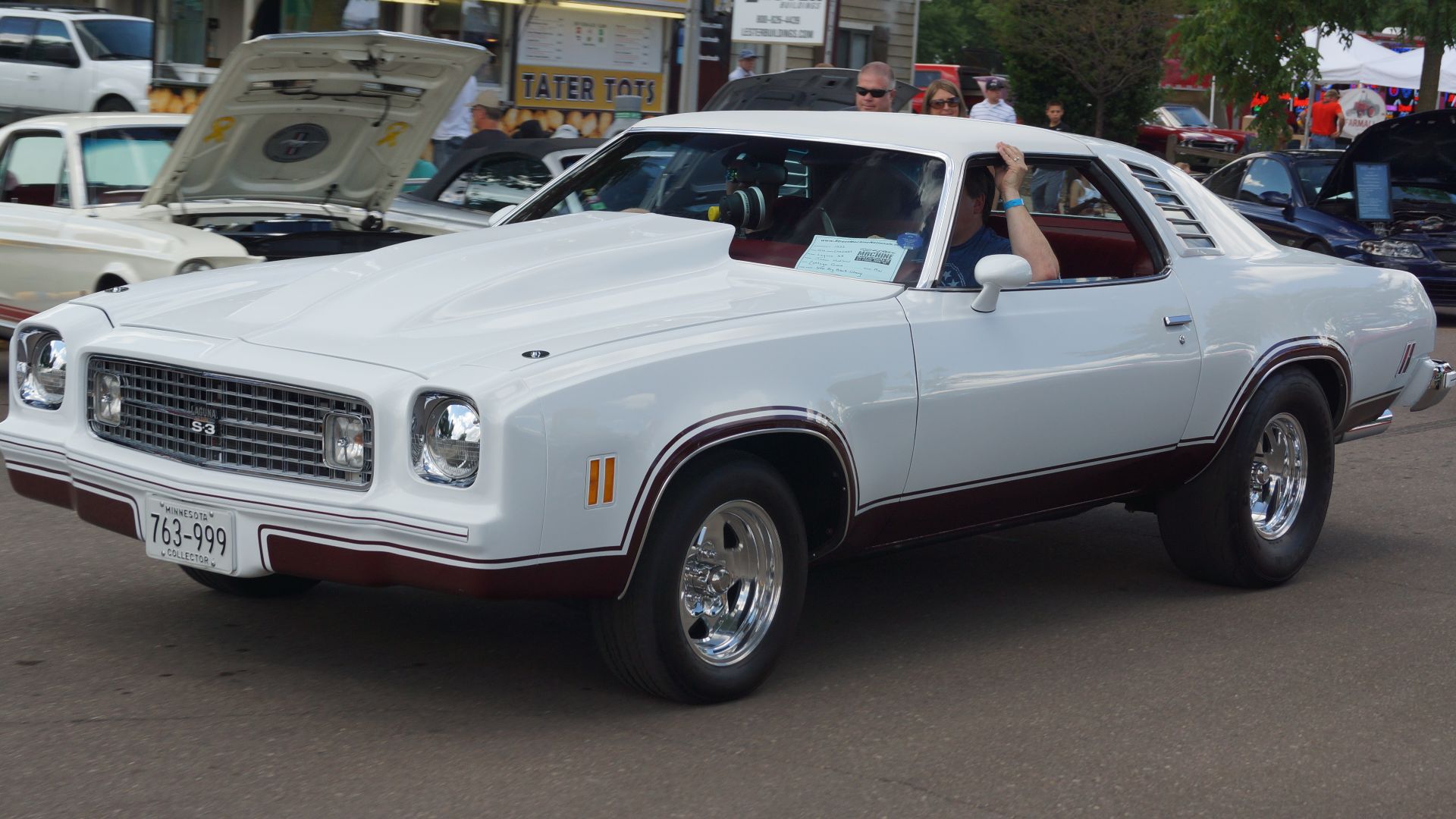 Greg Gjerdingen from Willmar, USA, Wikimedia Commons
Greg Gjerdingen from Willmar, USA, Wikimedia Commons
1971 Dodge Charger Super Bee
From muscle car hero to bloated bumblebee, this machine underwent a dramatic change. This iteration abandoned the sleek, aggressive lines of earlier models in favor of exaggerated styling that included rounded fenders and a massive front end that made the car look like it was perpetually mid-sneeze.
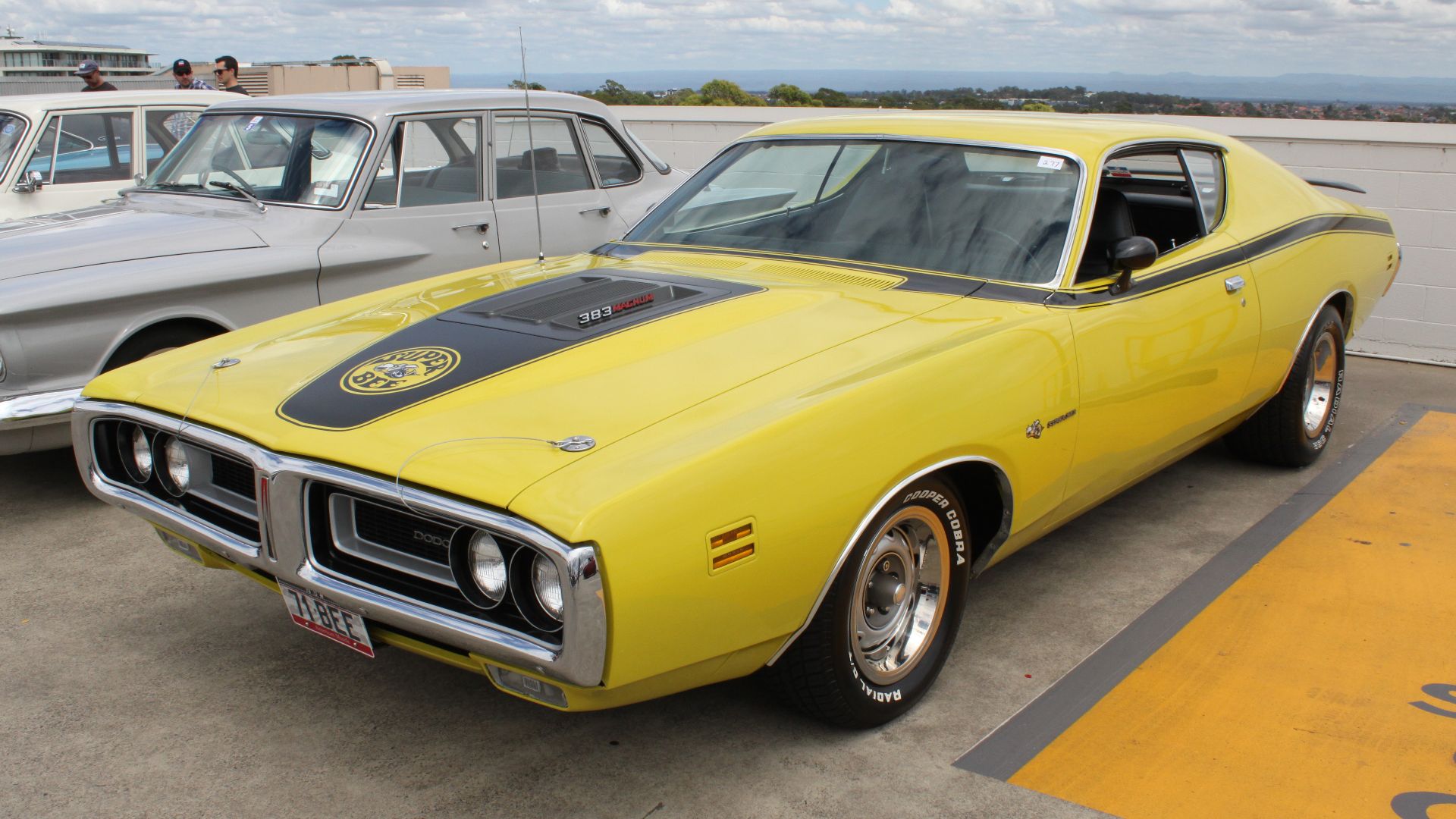 Jeremy from Sydney, Australia, Wikimedia Commons
Jeremy from Sydney, Australia, Wikimedia Commons
1971 Dodge Charger Super Bee (Cont.)
The split grille design drew unflattering comparisons to a whale's mouth, while the bulbous body shape didn't look good. Fans who had worshipped previous Charger designs were disappointed by this radical styling departure that sacrificed the model's menacing presence.
1971 Dodge Charger Super Bee (Cont.)
Though it still packed impressive firepower, with engine options including the 440 Six Pack and legendary 426 Hemi, the Super Bee's visual appeal had taken a serious hit. As per sources, Dodge produced only 22 Hemi-equipped Super Bees for 1971.
 Greg Gjerdingen from Willmar, USA, Wikimedia Commons
Greg Gjerdingen from Willmar, USA, Wikimedia Commons
Chevrolet Camaro (1974–1977)
Rubber-covered protrusions altered the Camaro's once-sleek profile when federal 5-mph bumper regulations took effect in 1974. Chevrolet's engineers struggled to incorporate these mandated safety features elegantly, resulting in a bulbous, oddly proportioned machine with an ungainly rubber-tipped nose.
Chevrolet Camaro (Cont.)
The second-generation Camaro had debuted in 1970 with clean, aggressive styling, but by mid-decade, it looked like it had suffered a severe allergic reaction. Sales declined as drivers recoiled from both the styling and the neutered engine options available under tightening emissions standards.
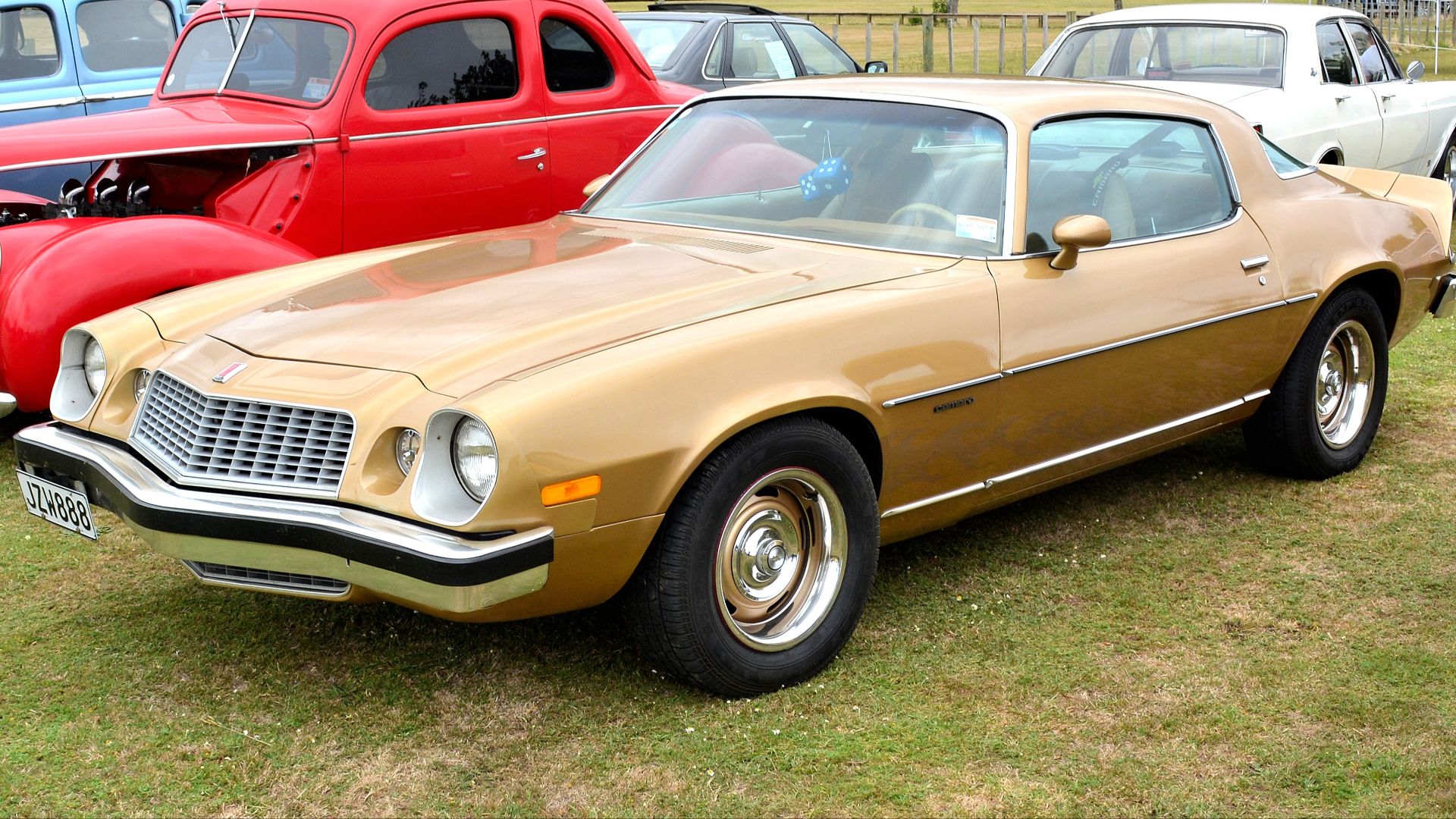 GPS 56 from New Zealand, Wikimedia Commons
GPS 56 from New Zealand, Wikimedia Commons
Mercury Cyclone
Bug-eyed and bewildering describes Mercury's approach to aerodynamics with the Cyclone. The model's pointed nose and recessed headlights created a face only an engineer could love—effective in wind tunnel testing perhaps, but aesthetically challenging in dealership showrooms.
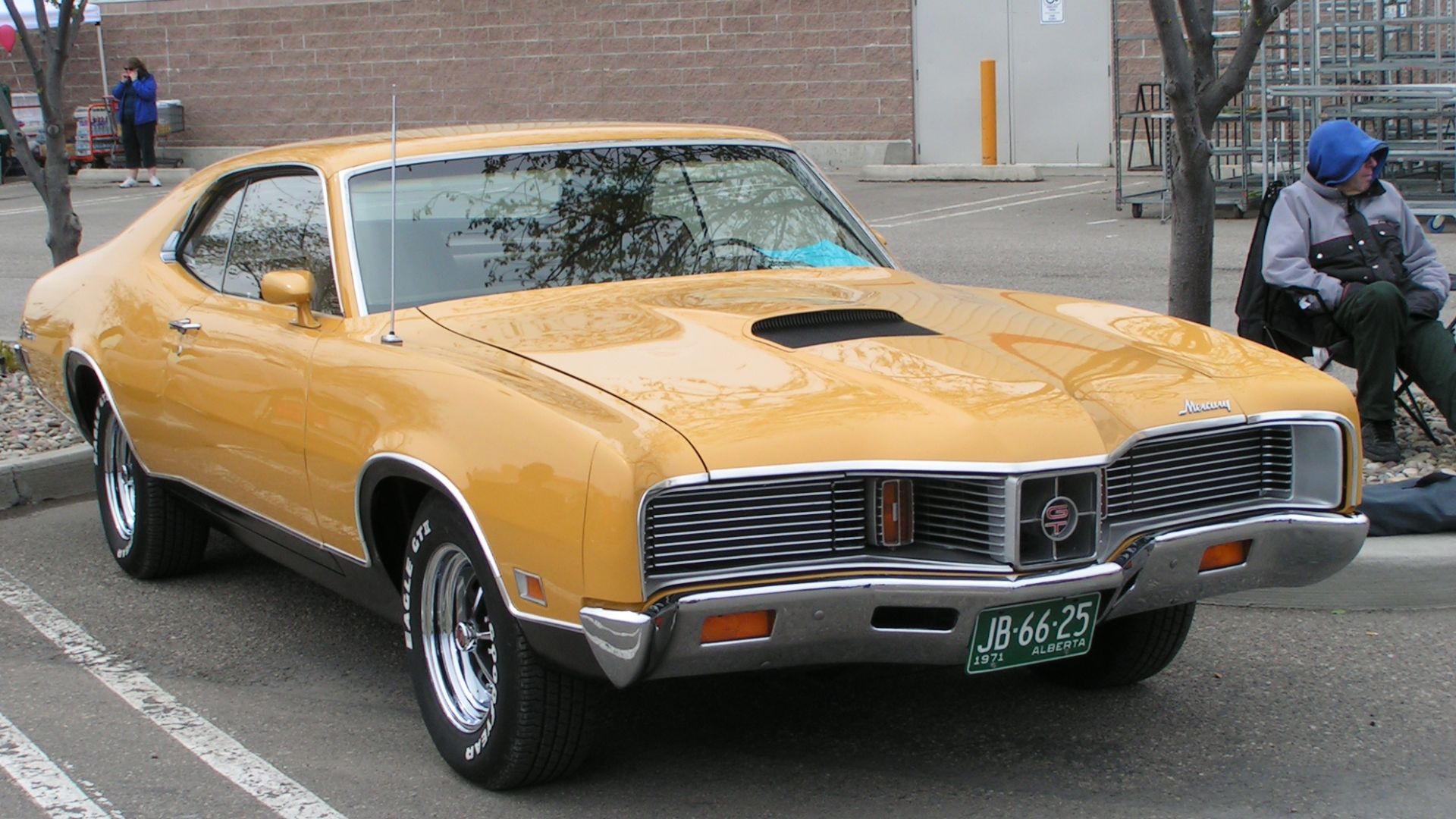 dave_7 from Lethbridge, Canada, Wikimedia Commons
dave_7 from Lethbridge, Canada, Wikimedia Commons
Mercury Cyclone (Cont.)
While Mercury intended to build a distinctive, performance-oriented image separate from its Ford counterparts, the result was one of the strangest front ends ever bolted onto a production automobile. Form followed function to an extreme degree, but both suffered in the execution.
AMC Javelin (Second Generation)
Bizarre bulging fenders defined the second-generation AMC Javelin's peculiar aesthetic approach. AMC's chief designer, Richard Teague, developed what he called "baroque" styling elements that still confound enthusiasts today. The exaggerated wheel arches, intended to accommodate larger tires for racing applications, gave the car a swollen appearance.
AMC Javelin (Second Generation) (Cont.)
Despite improved performance over the previous generation, the second-generation Javelin couldn't escape its controversial styling, which seemed to prioritize distinctiveness over conventional attractiveness. American Motors Corporation's perpetual underdog status in the automotive marketplace often led to bold design gambles.
 Greg Gjerdingen from Willmar, USA, Wikimedia Commons
Greg Gjerdingen from Willmar, USA, Wikimedia Commons

